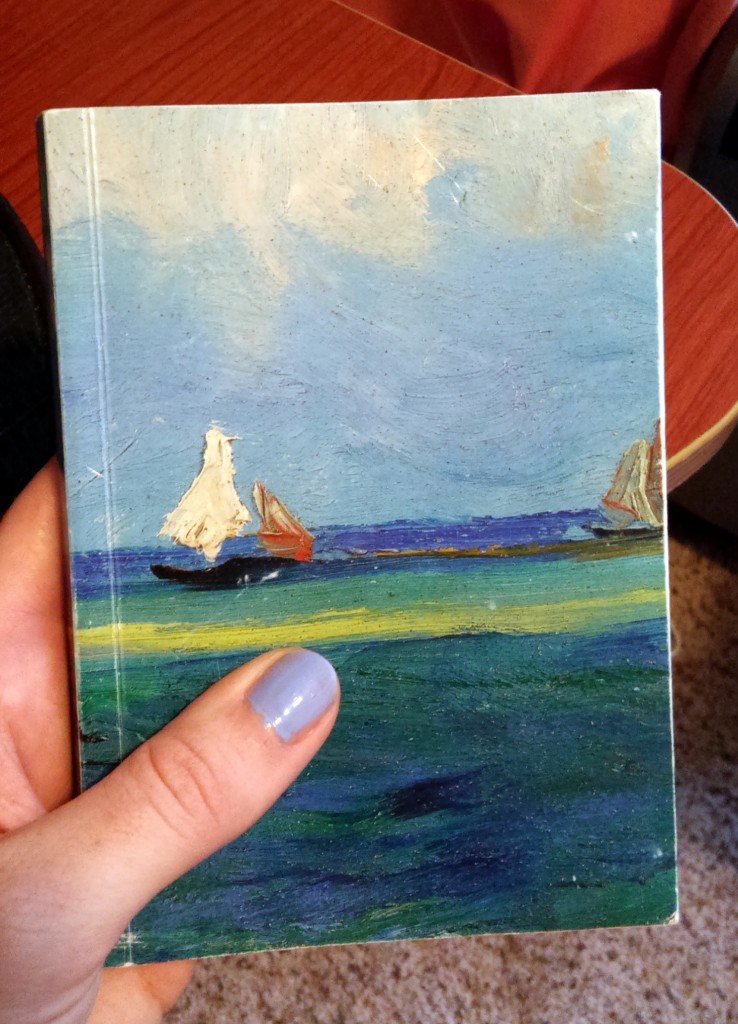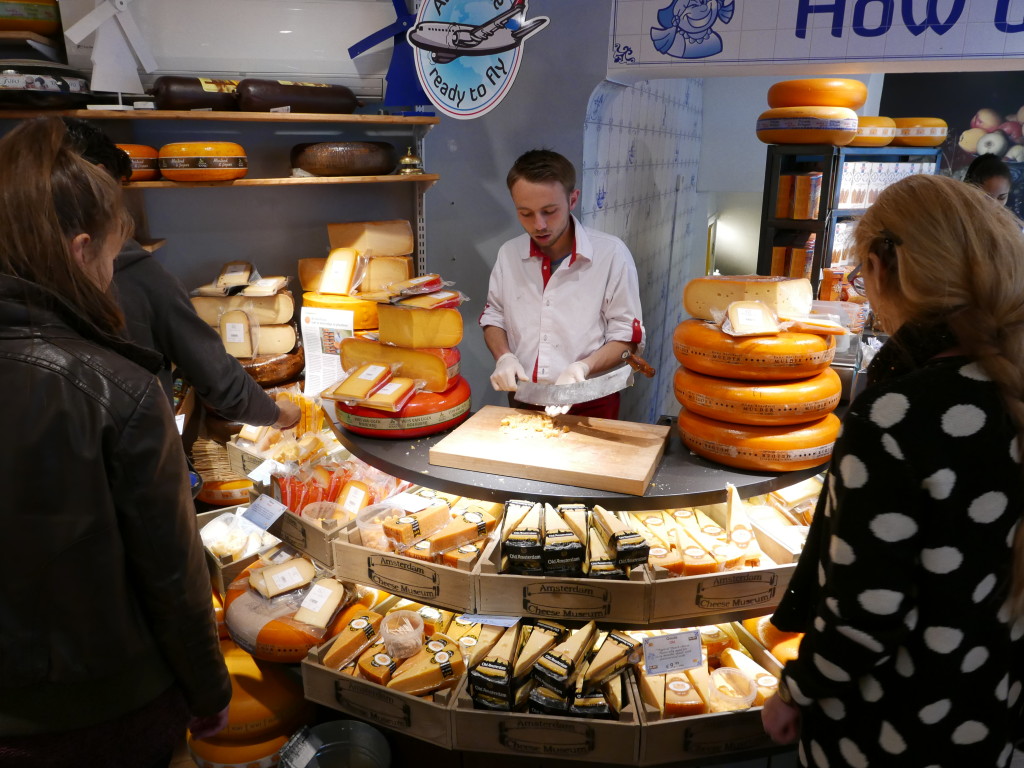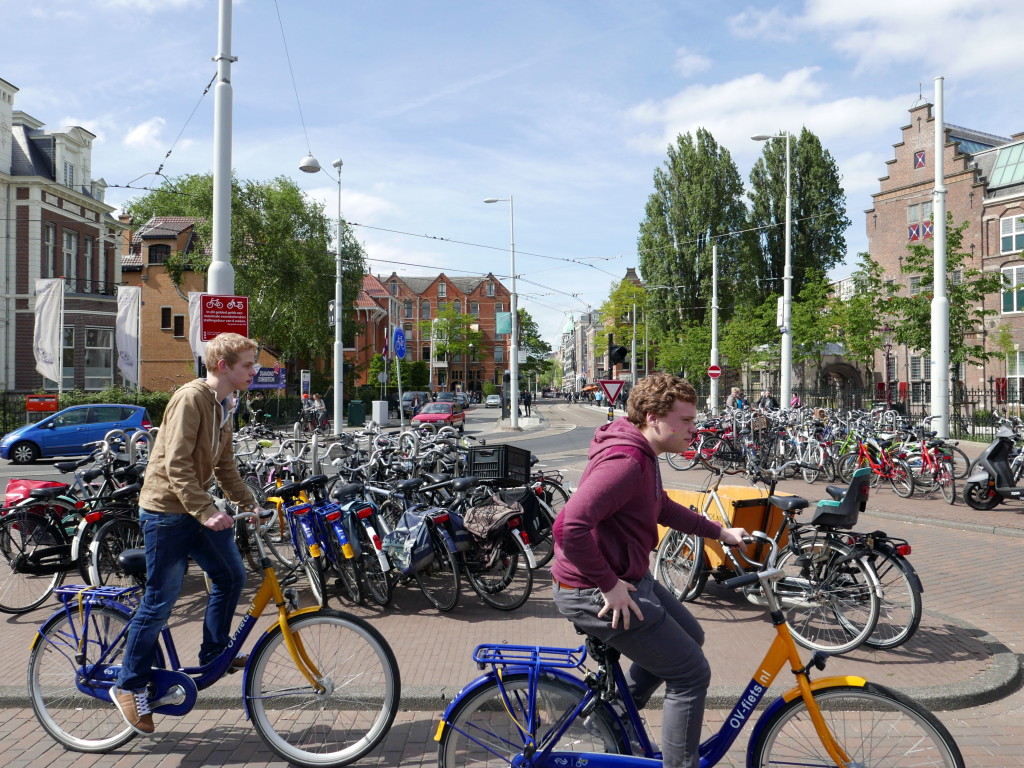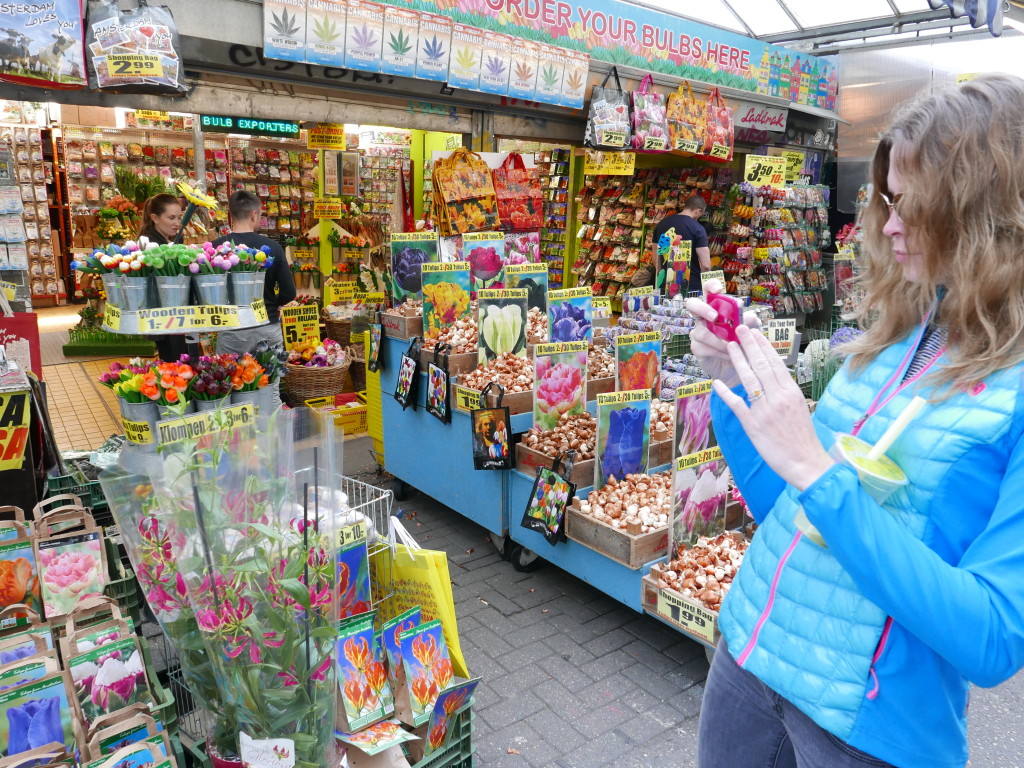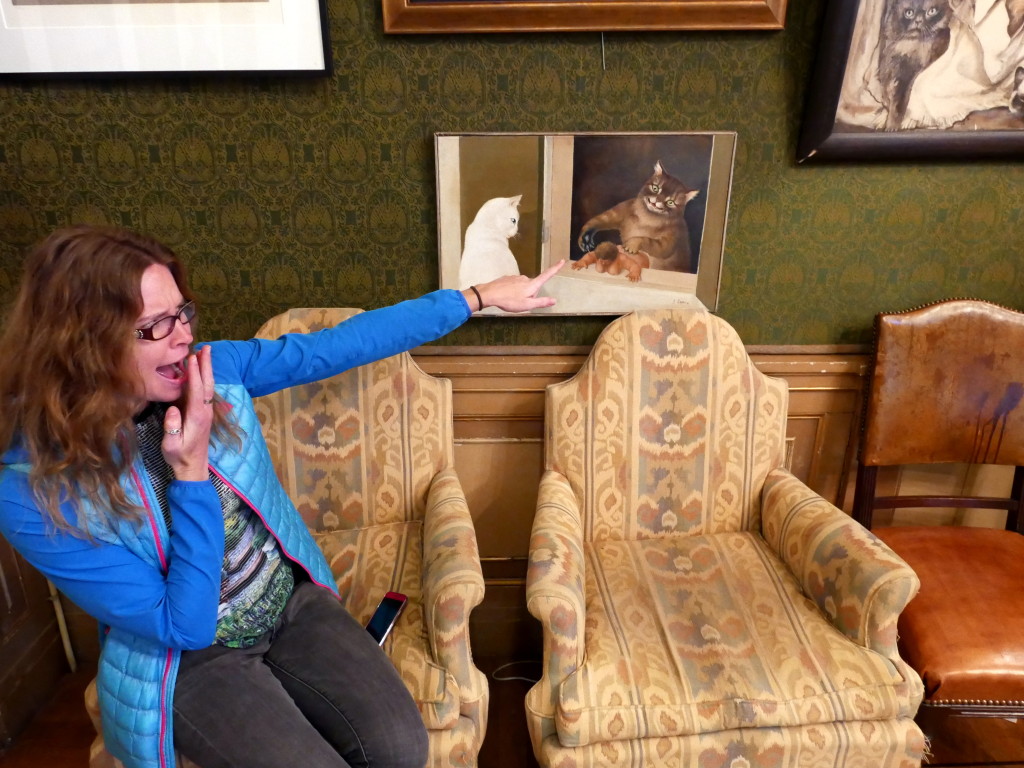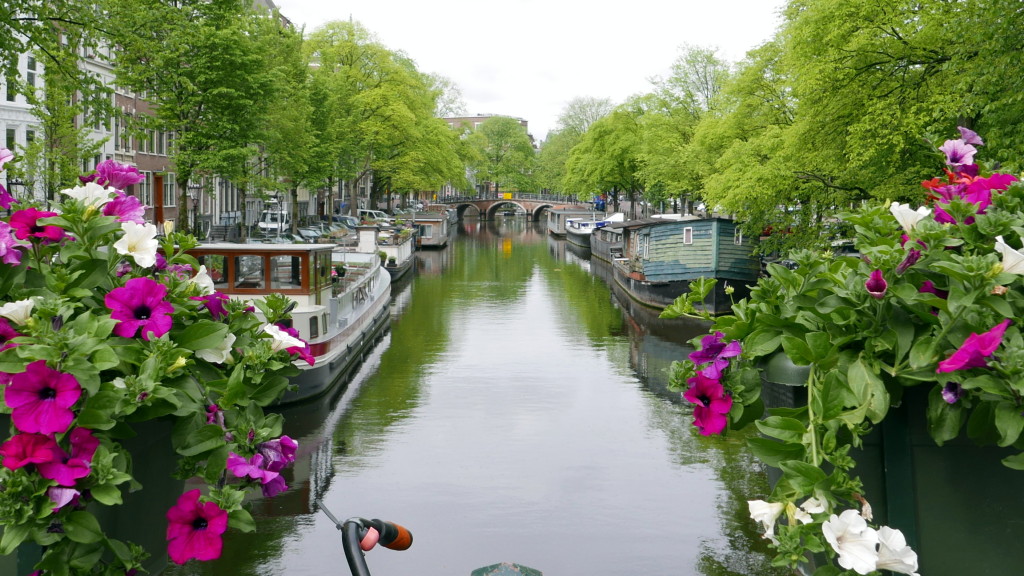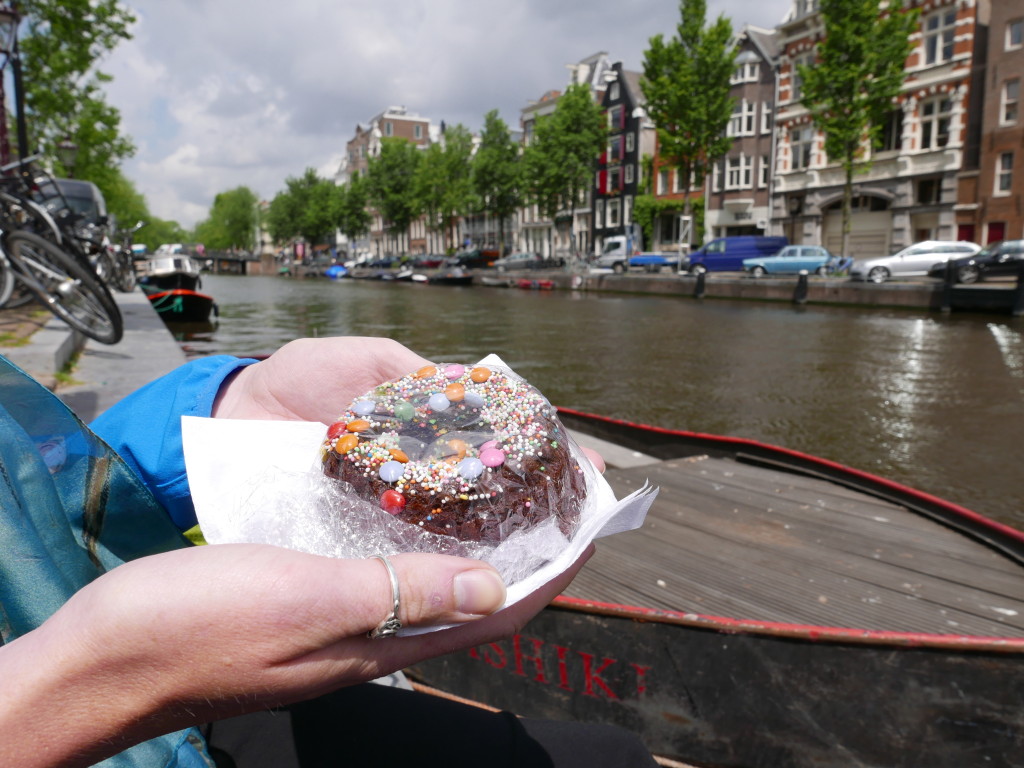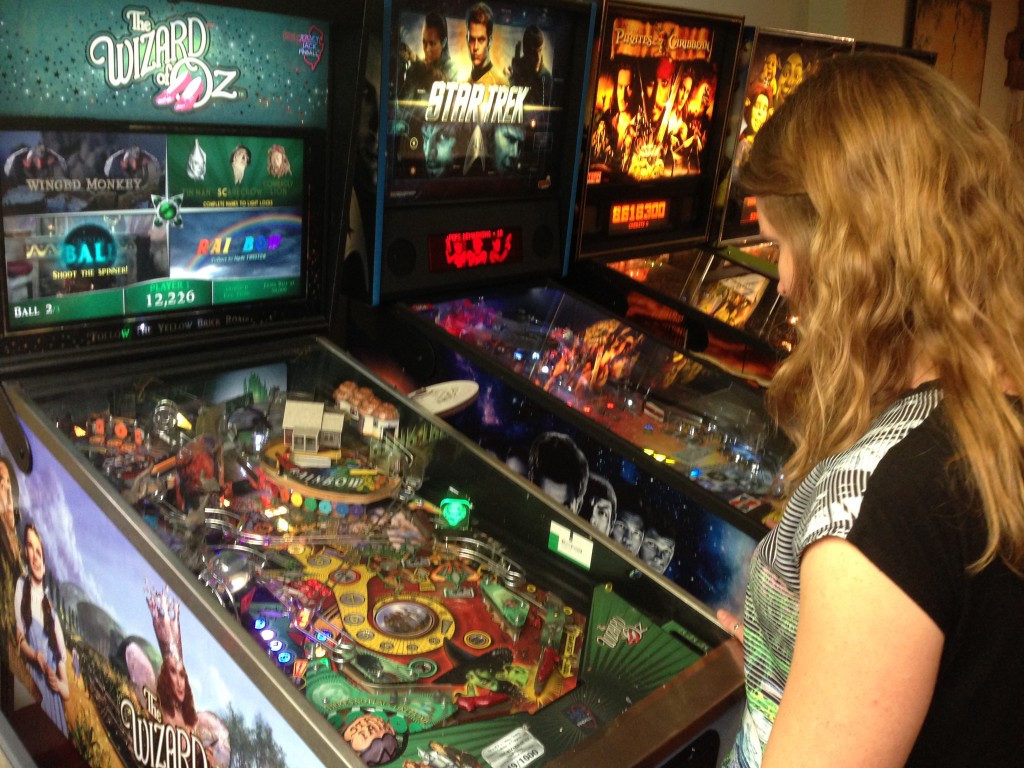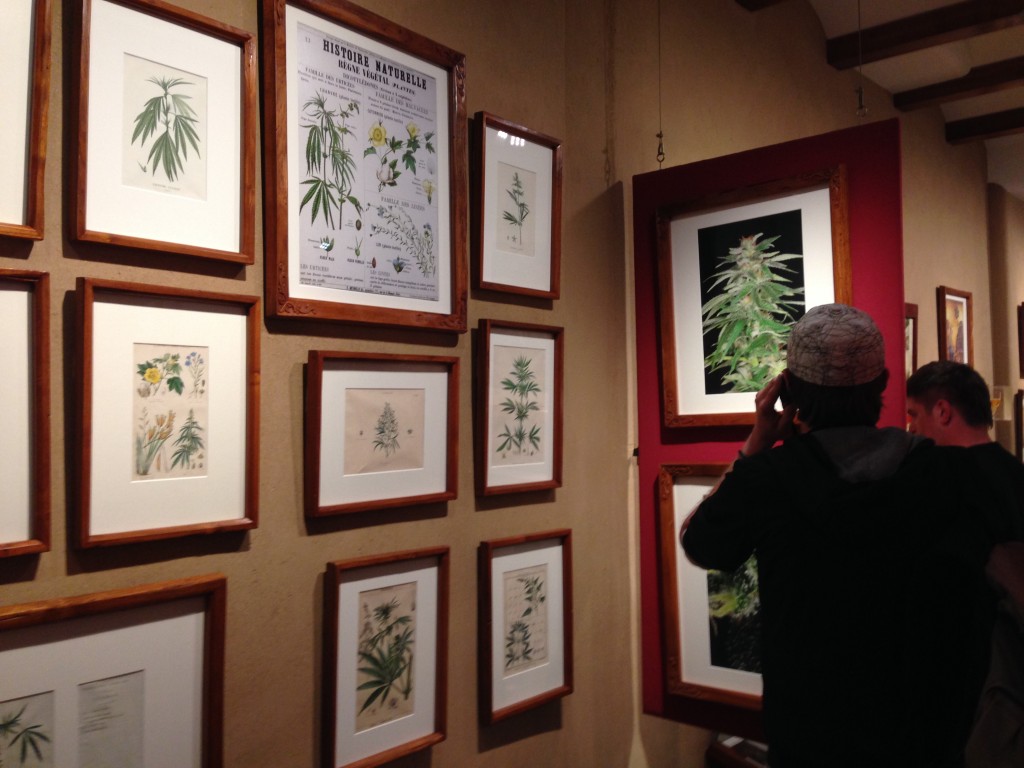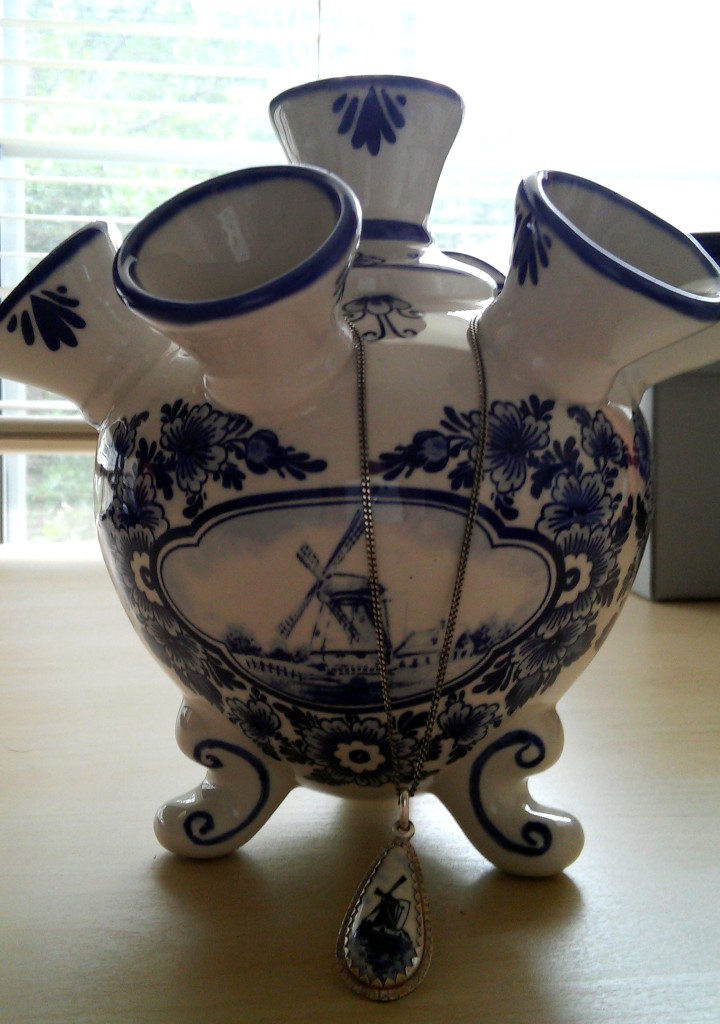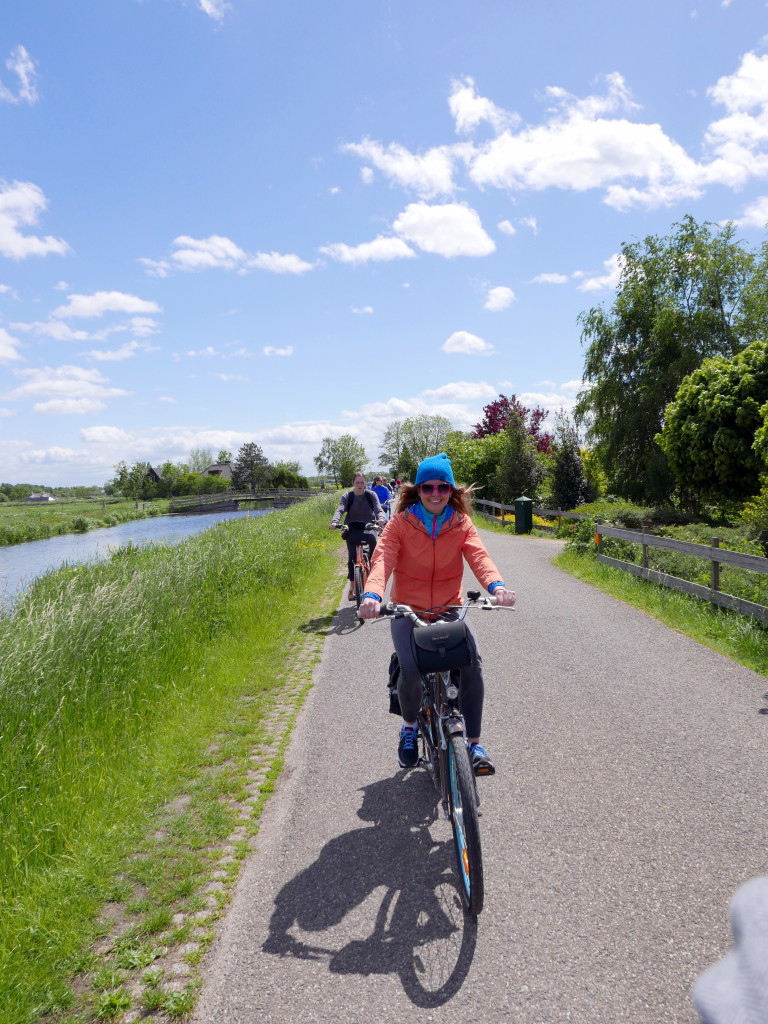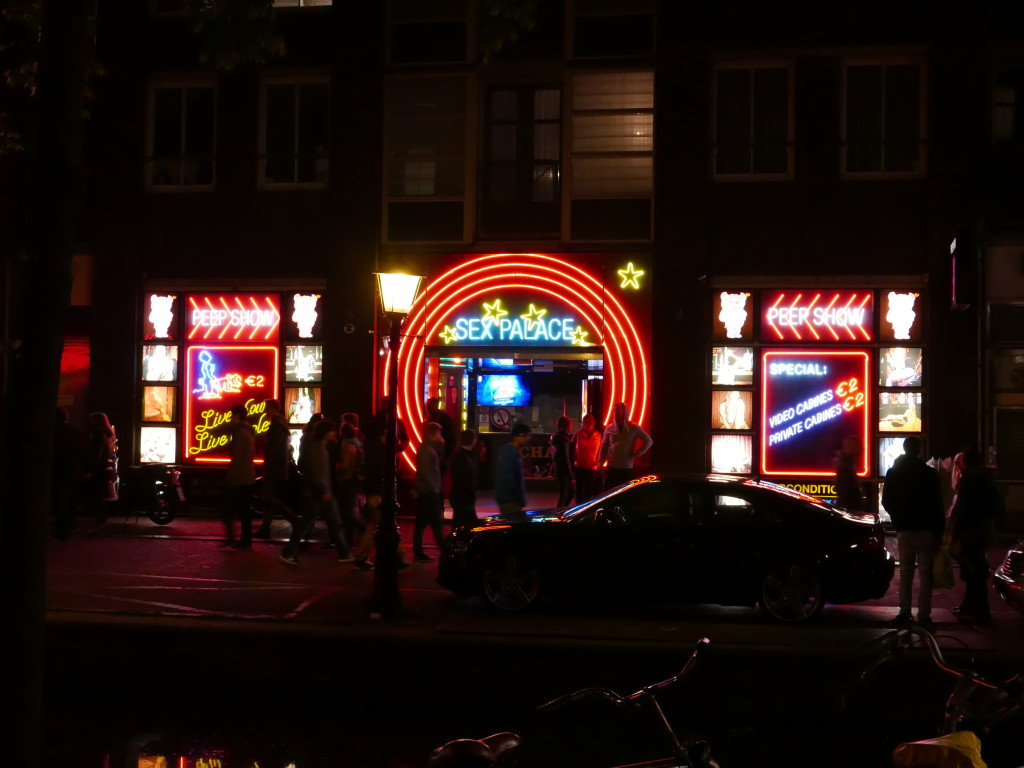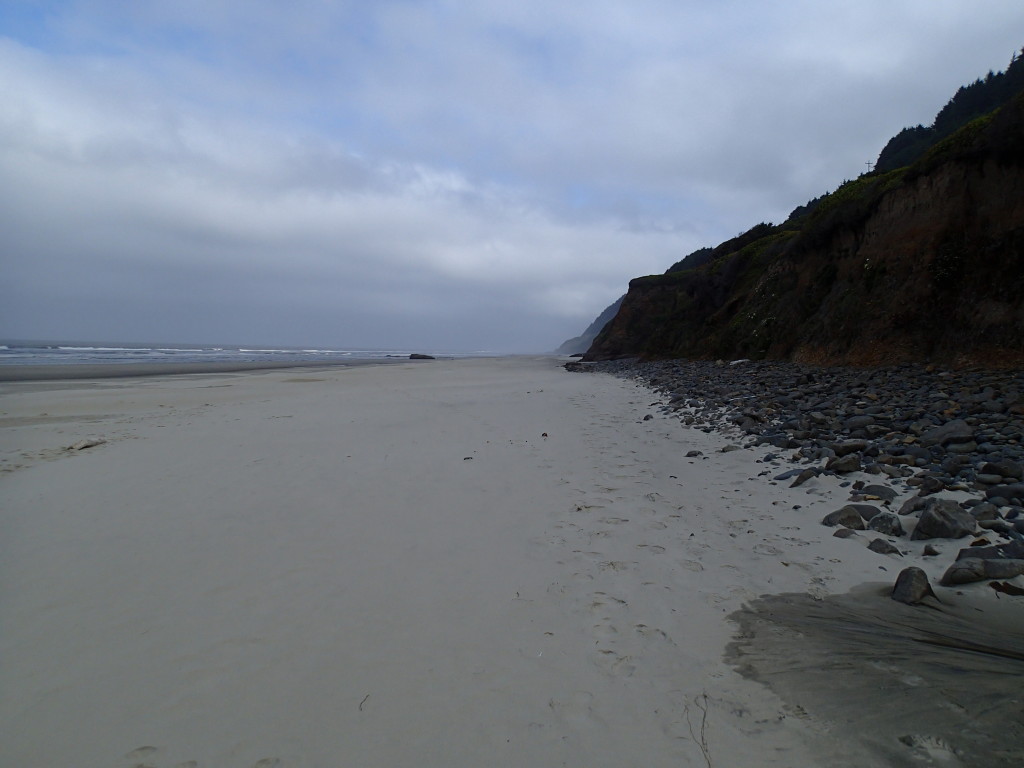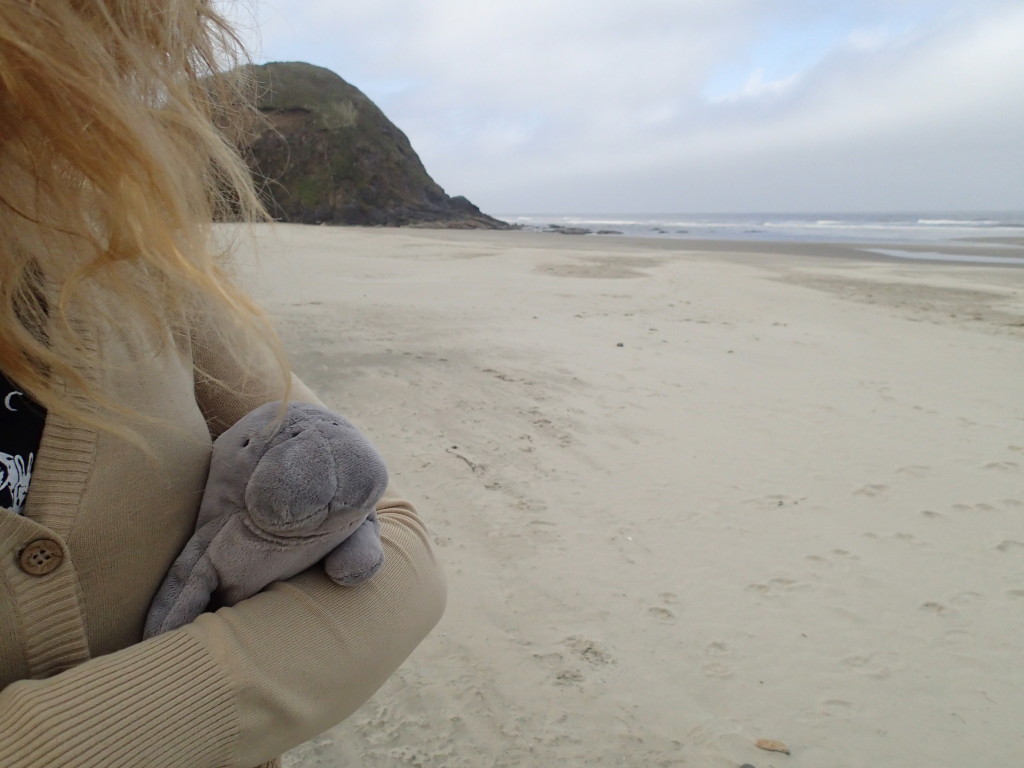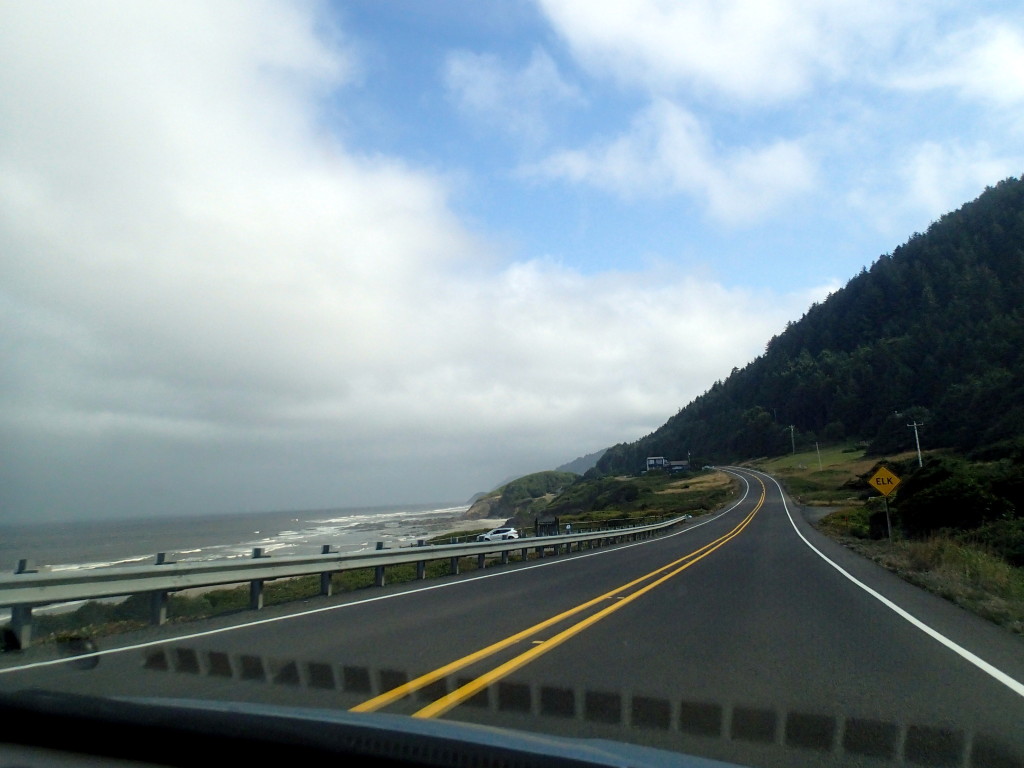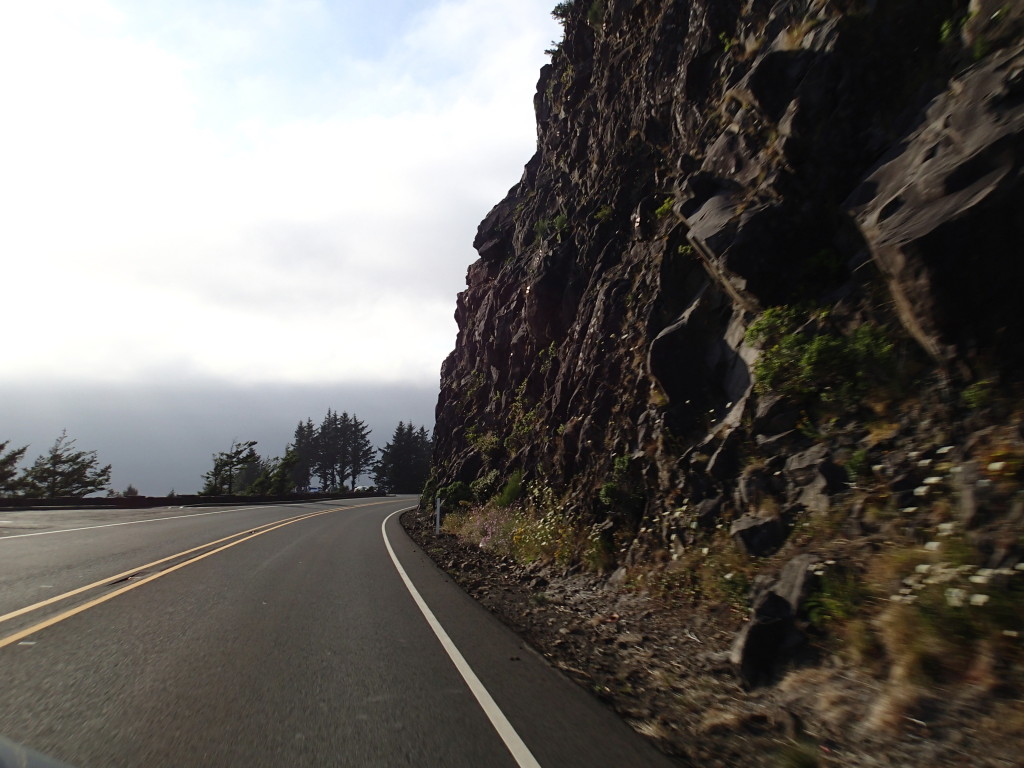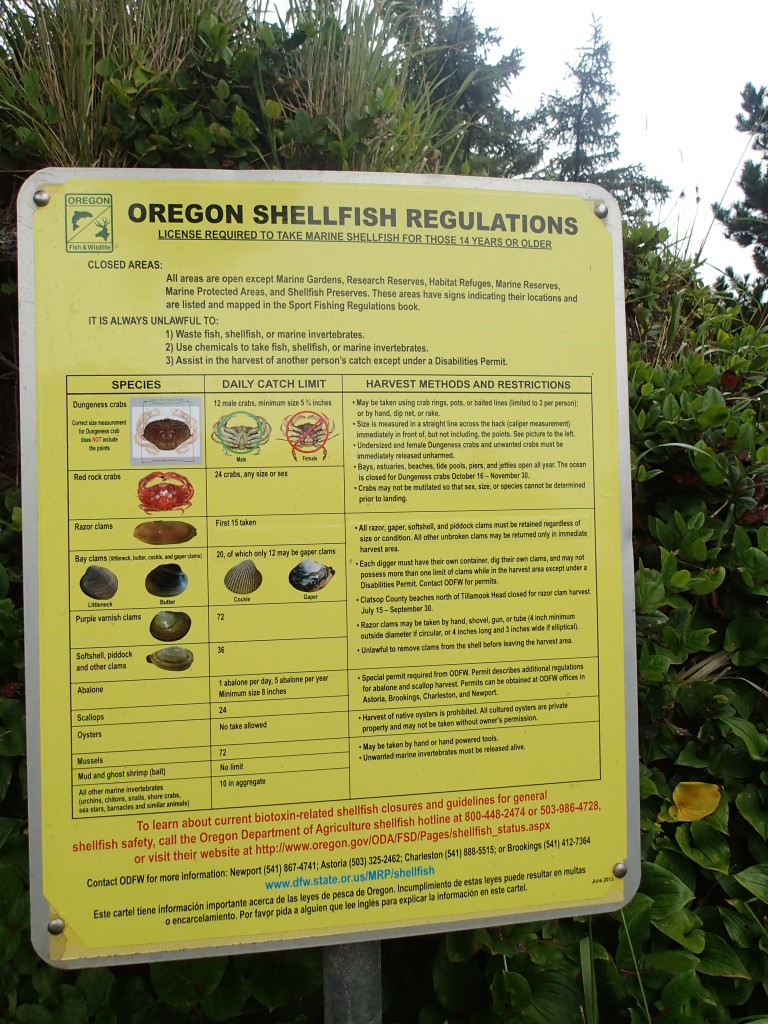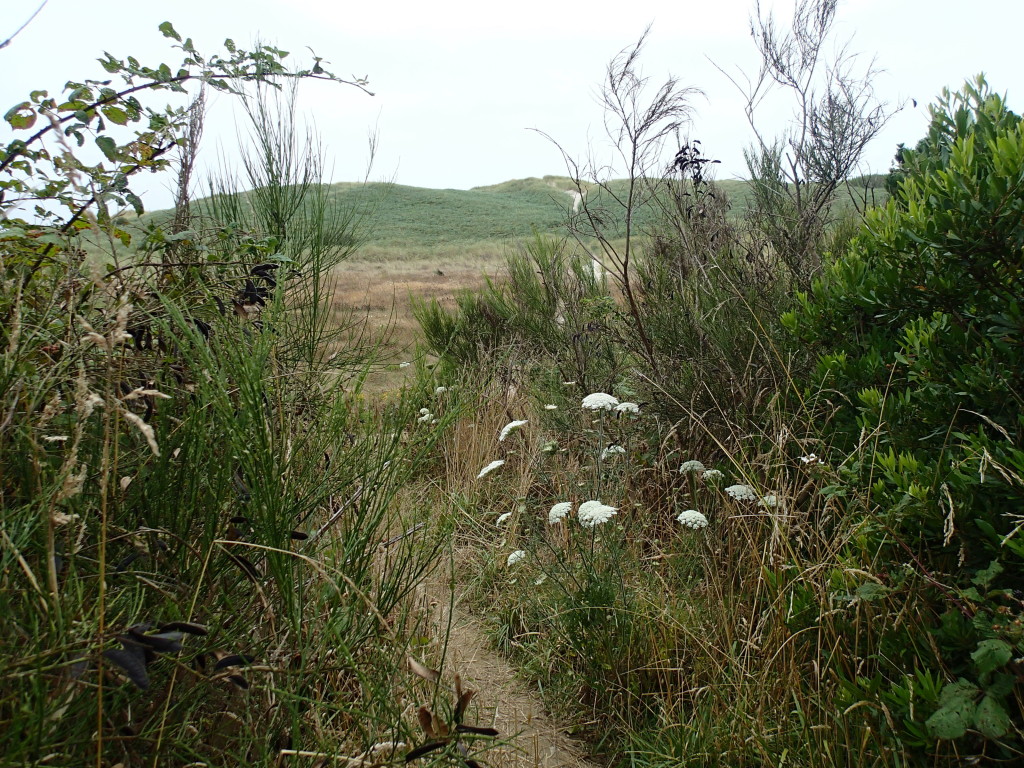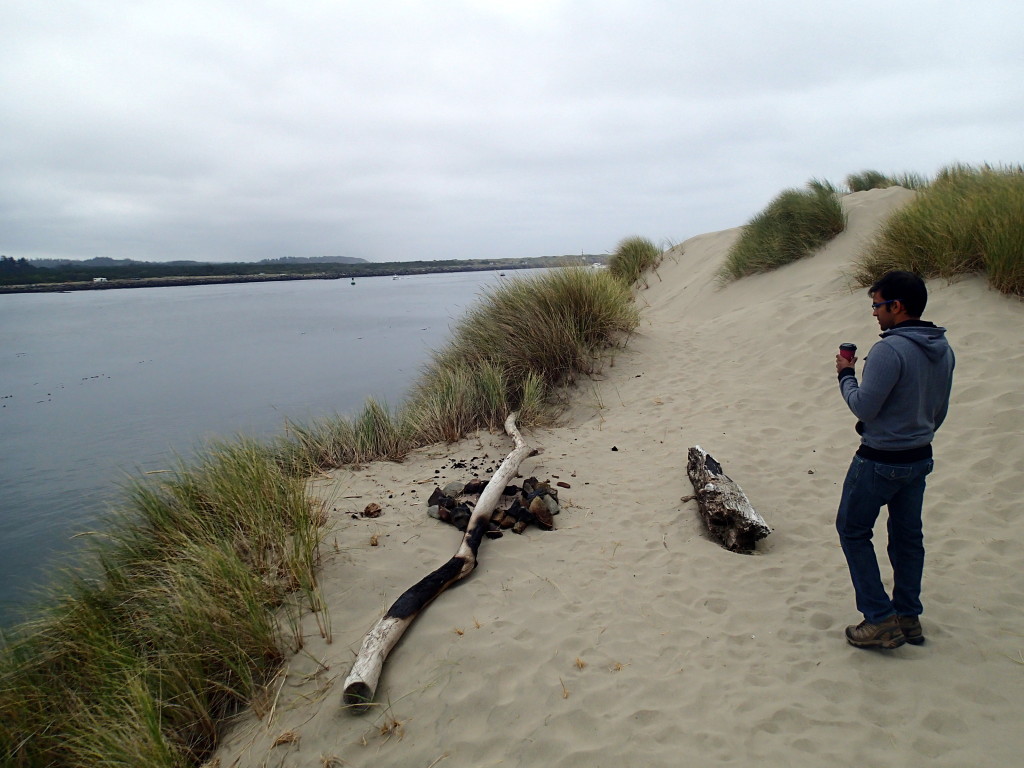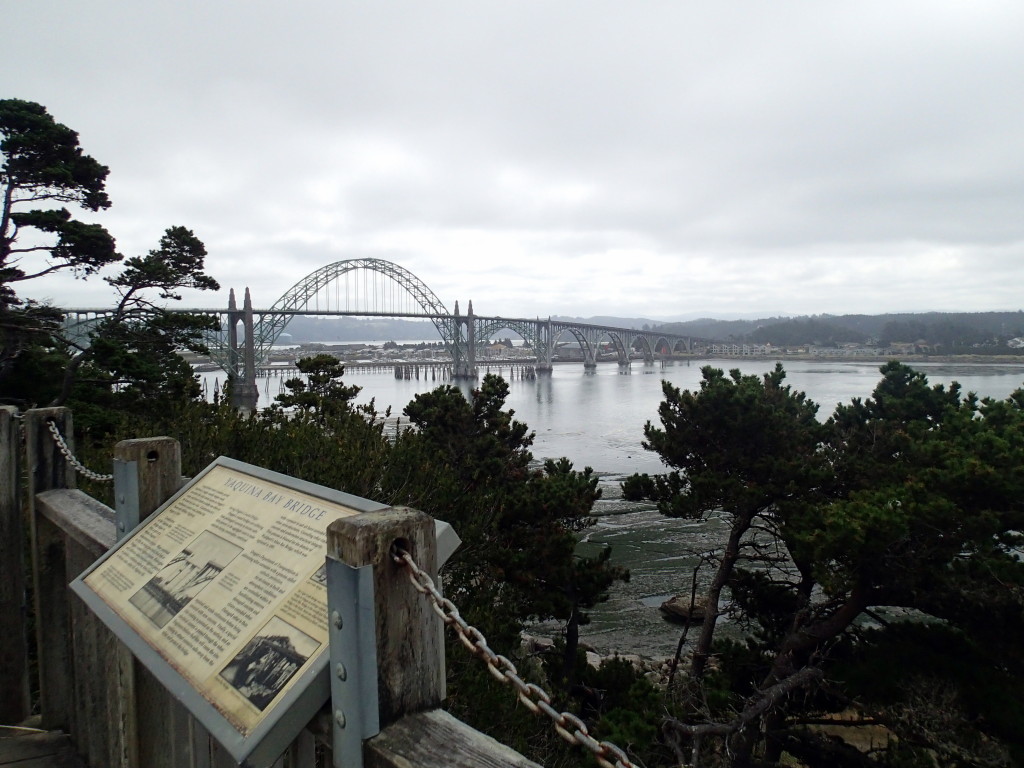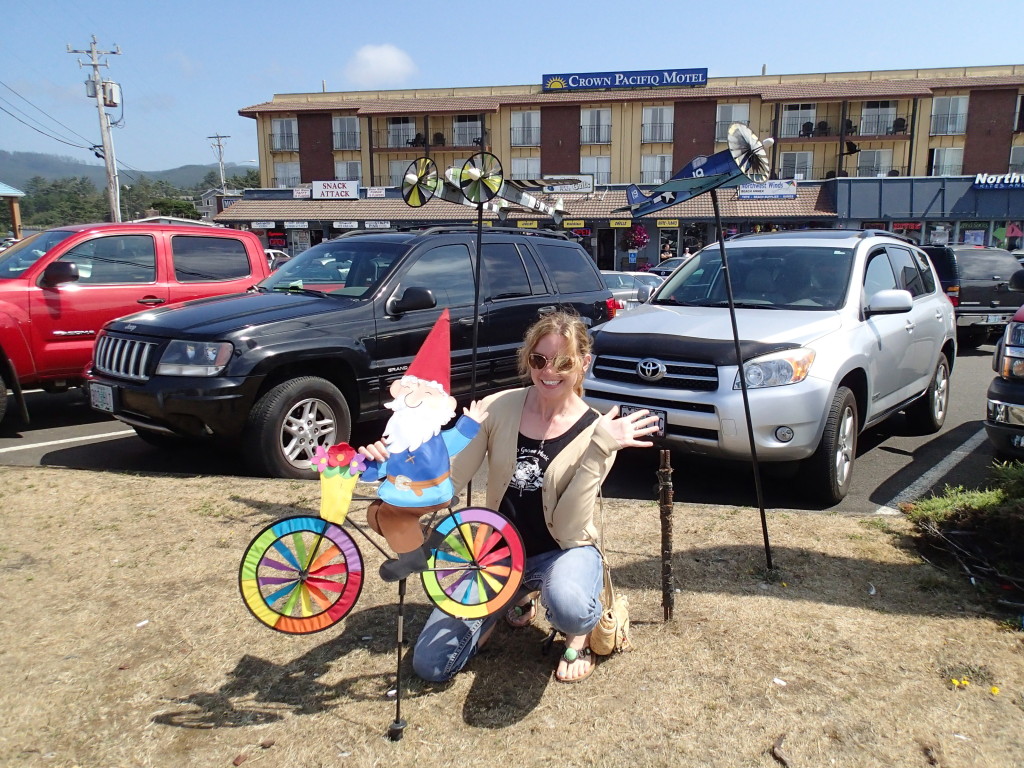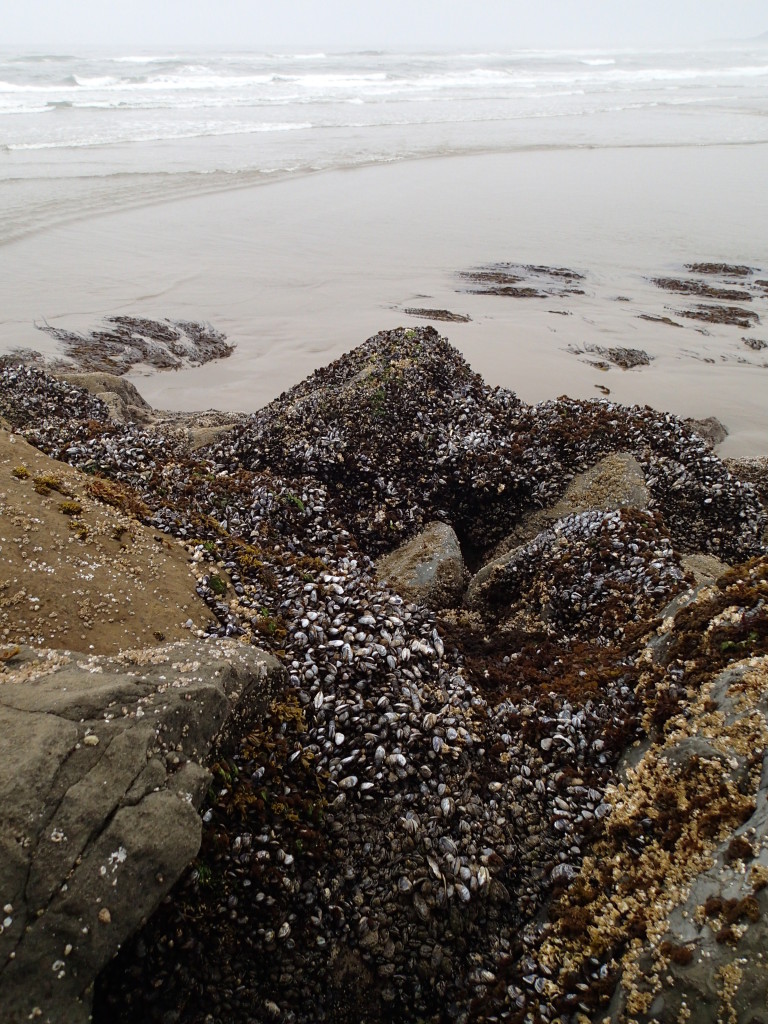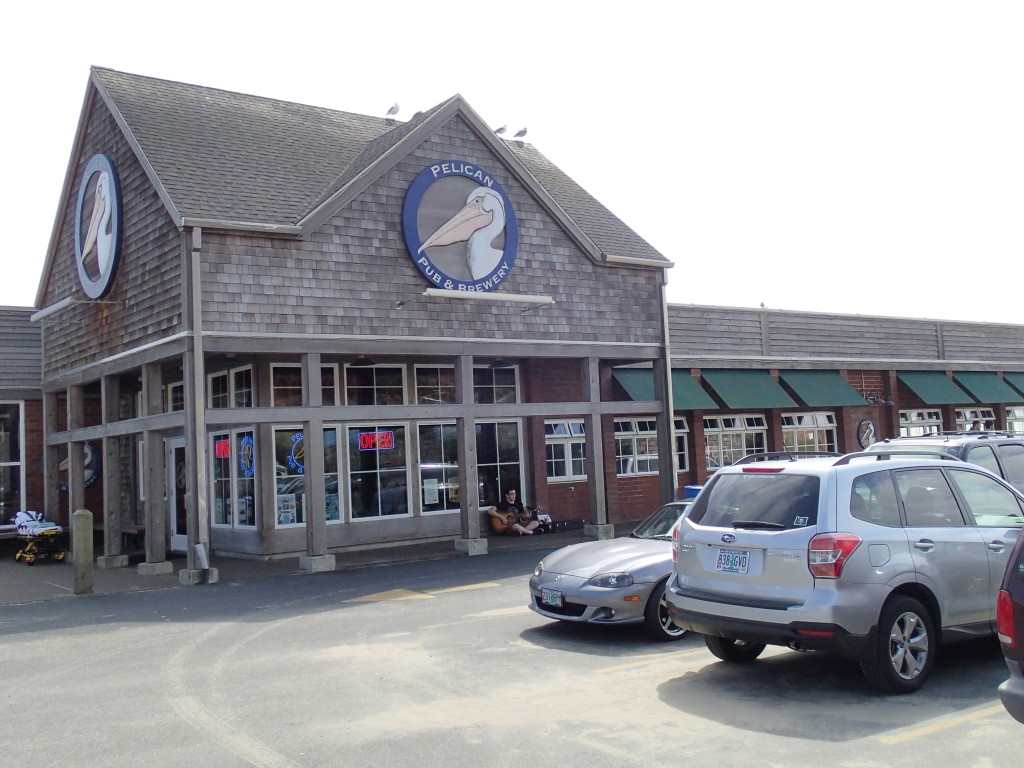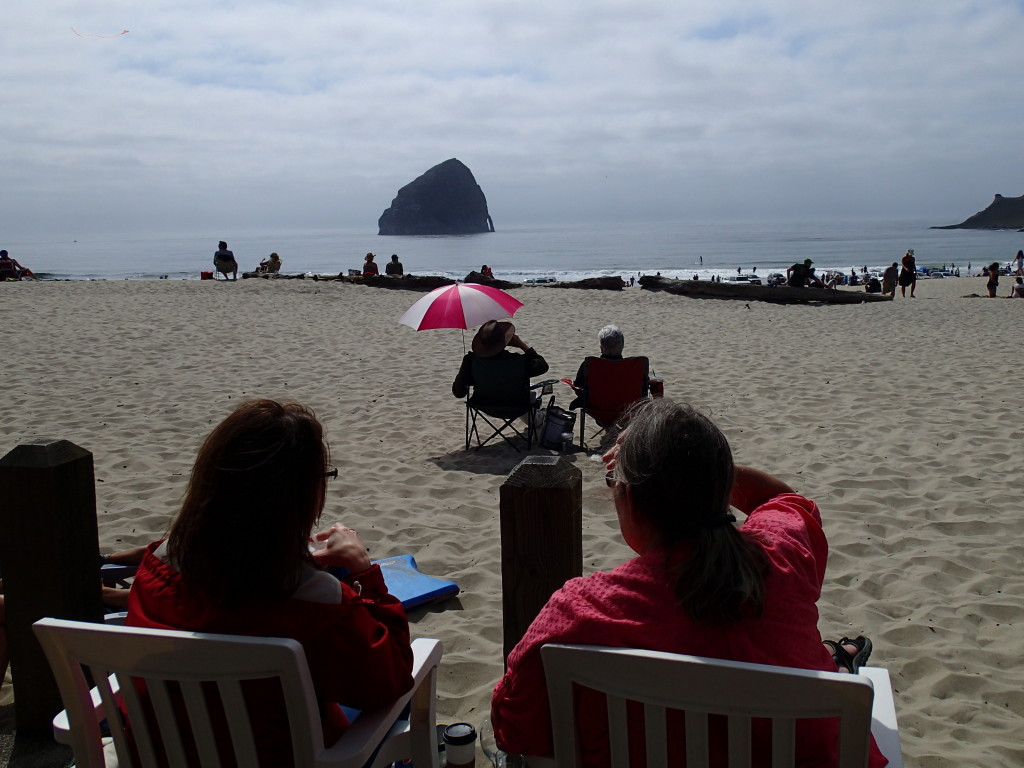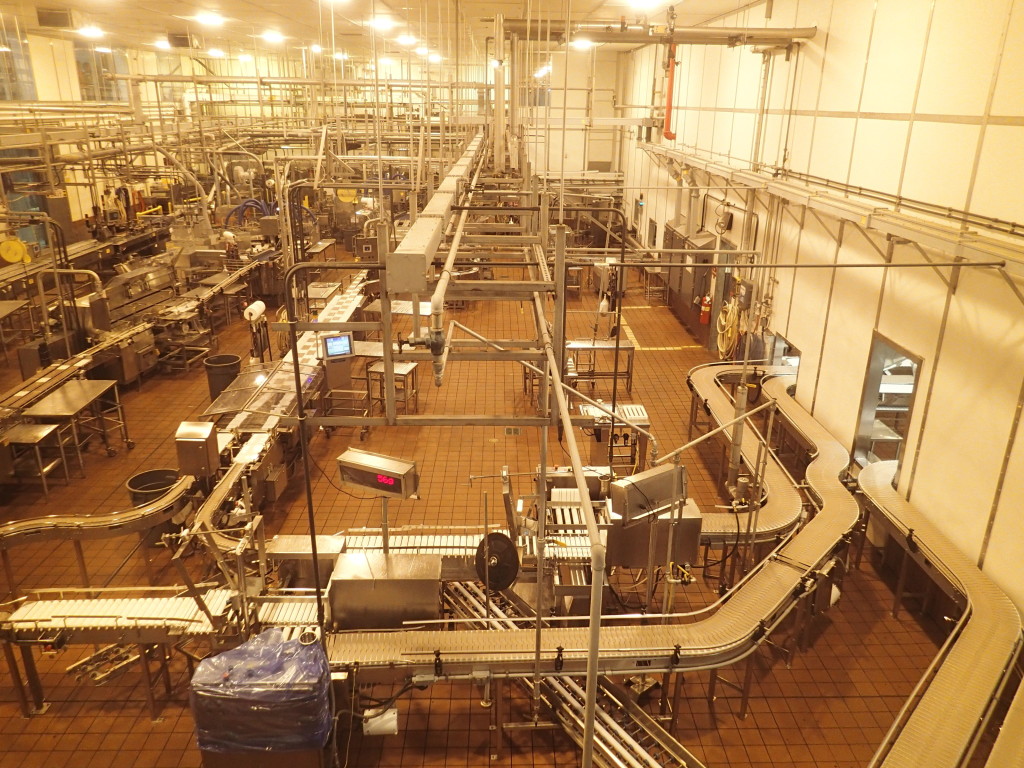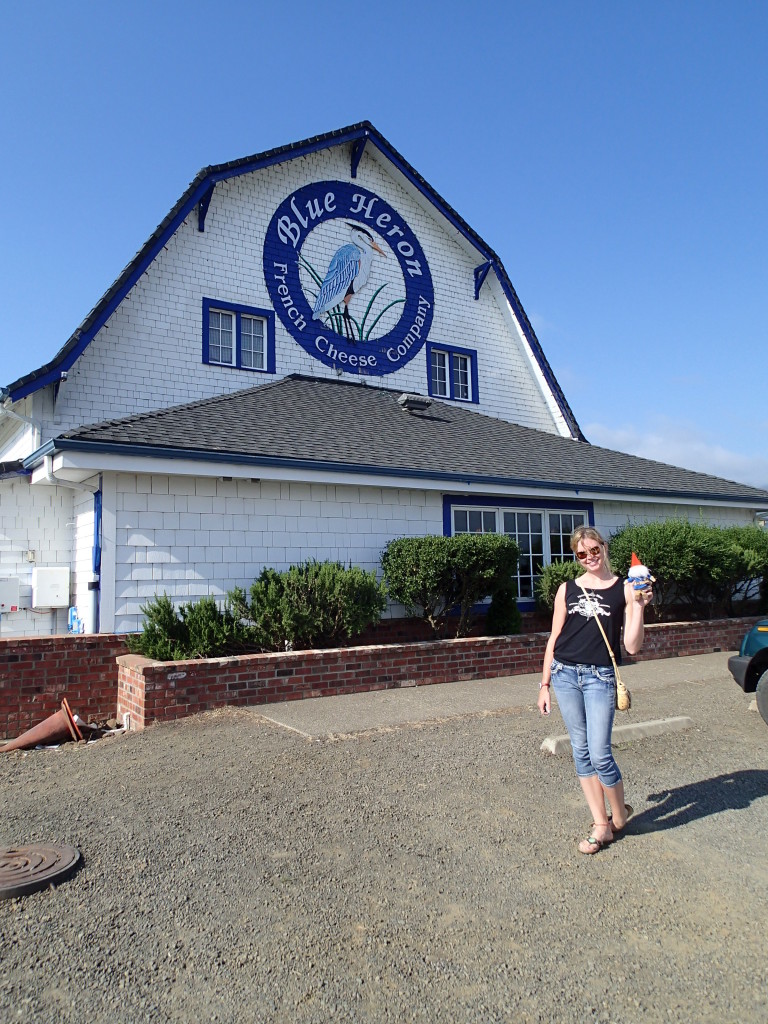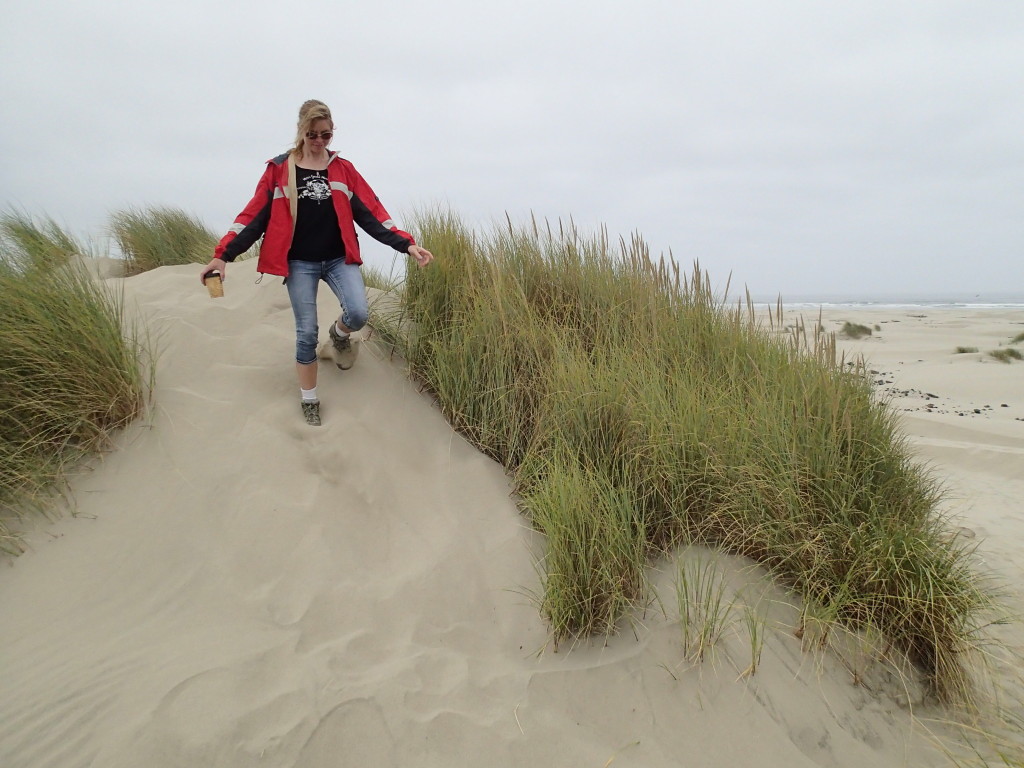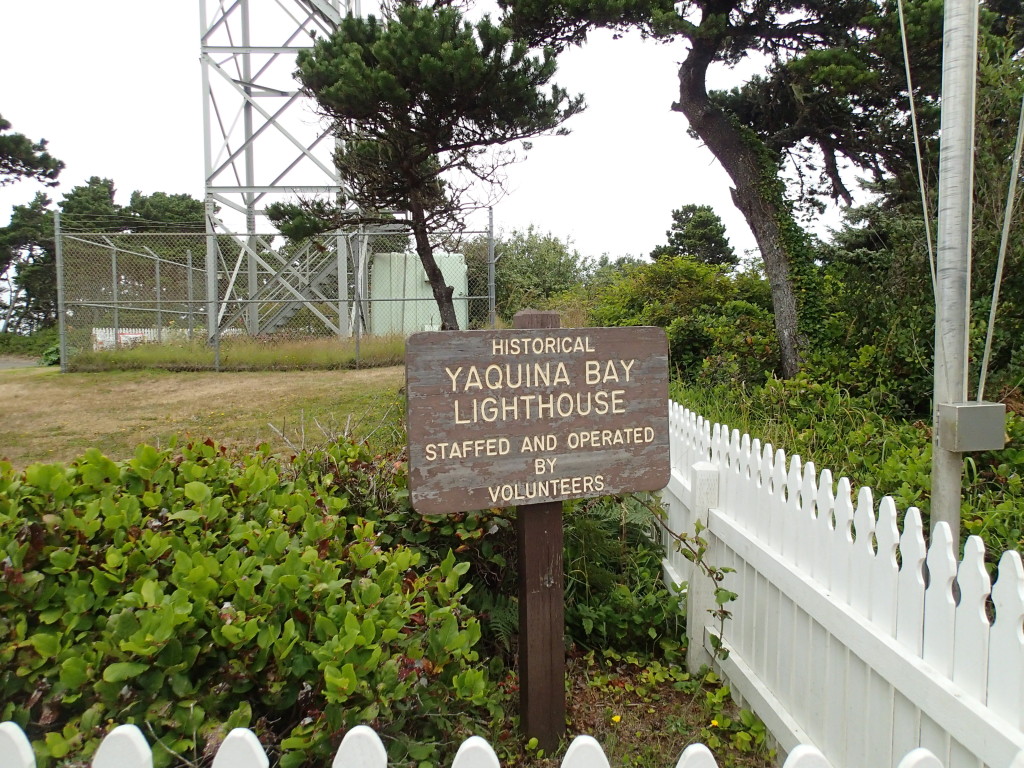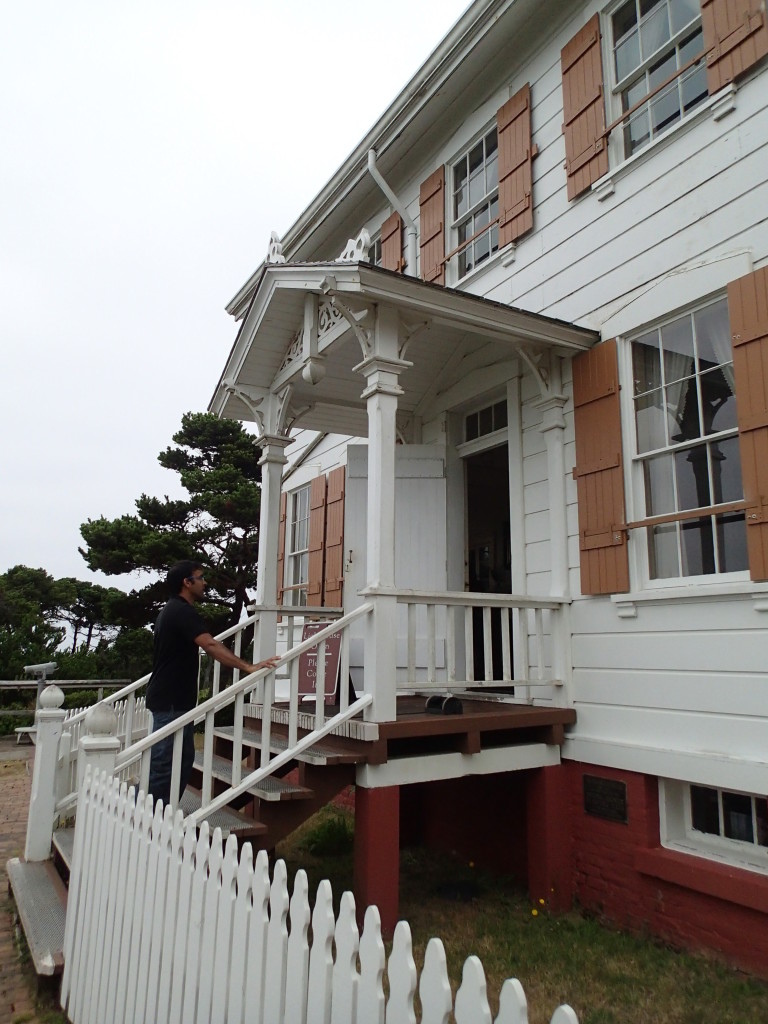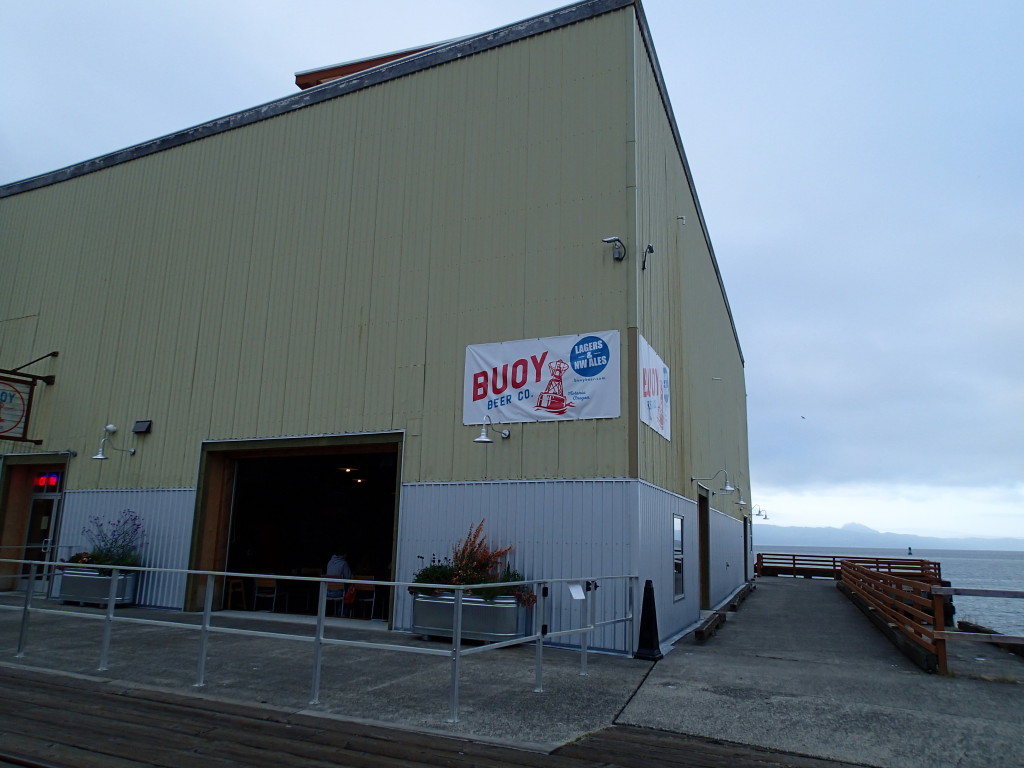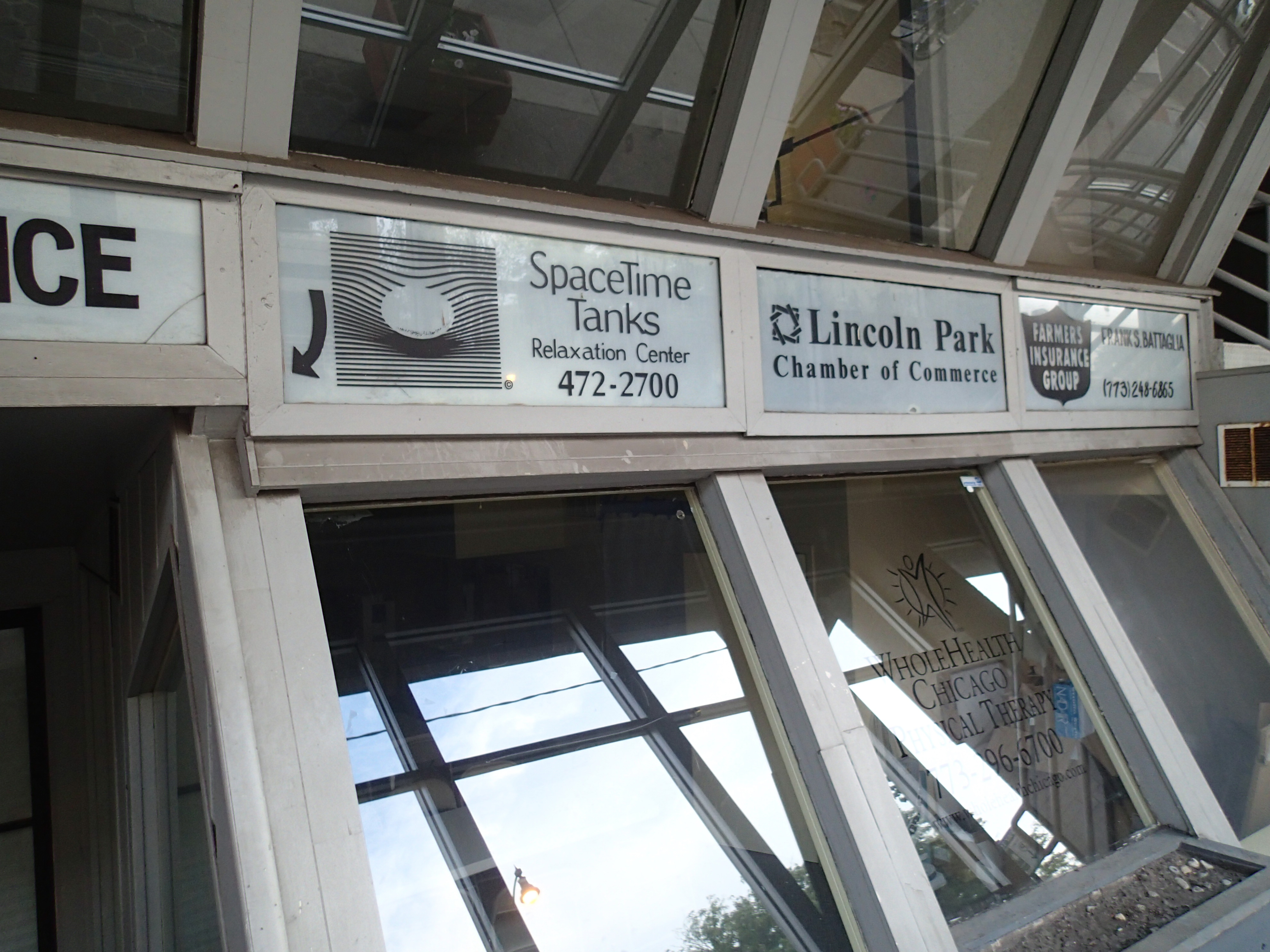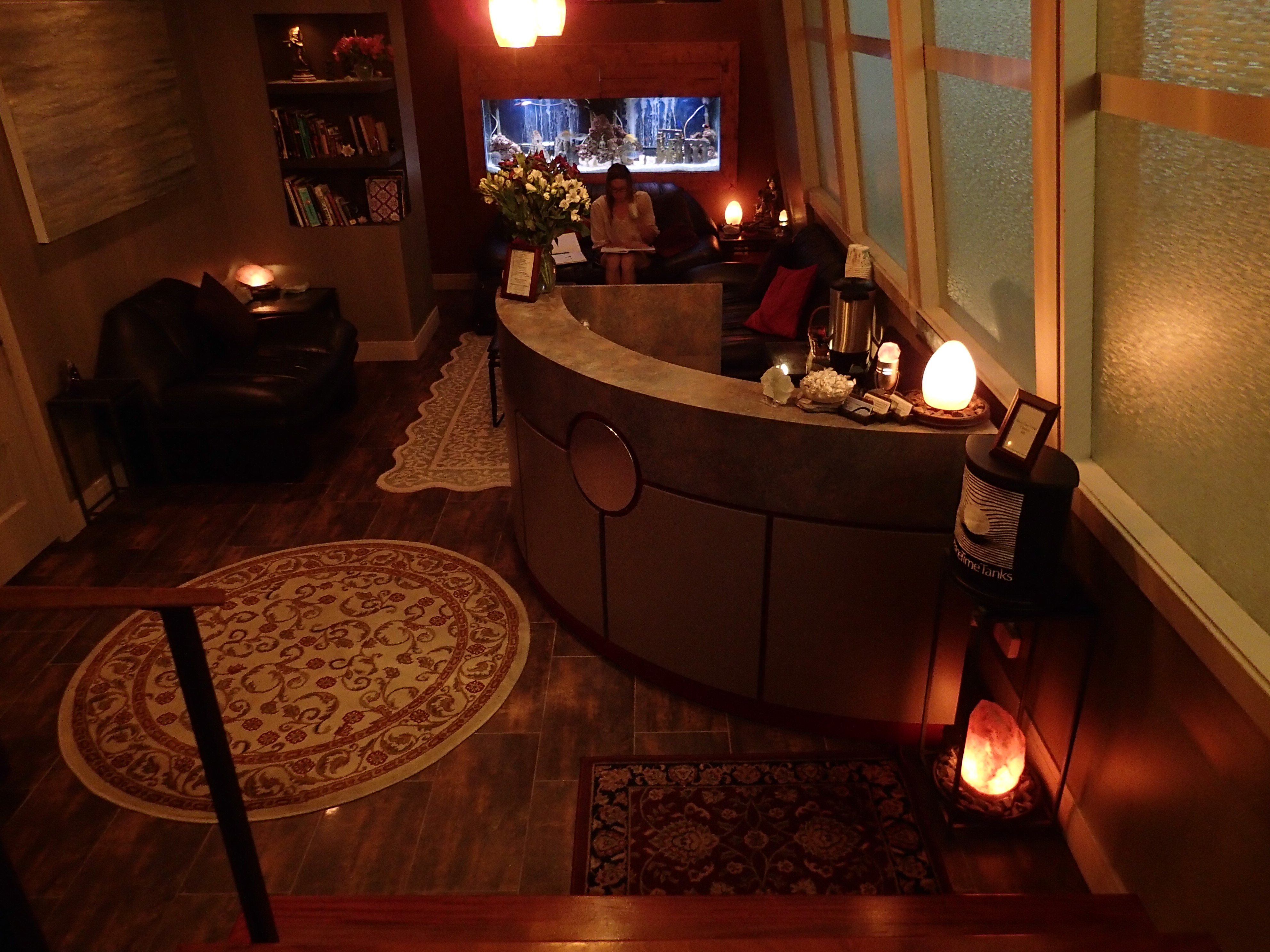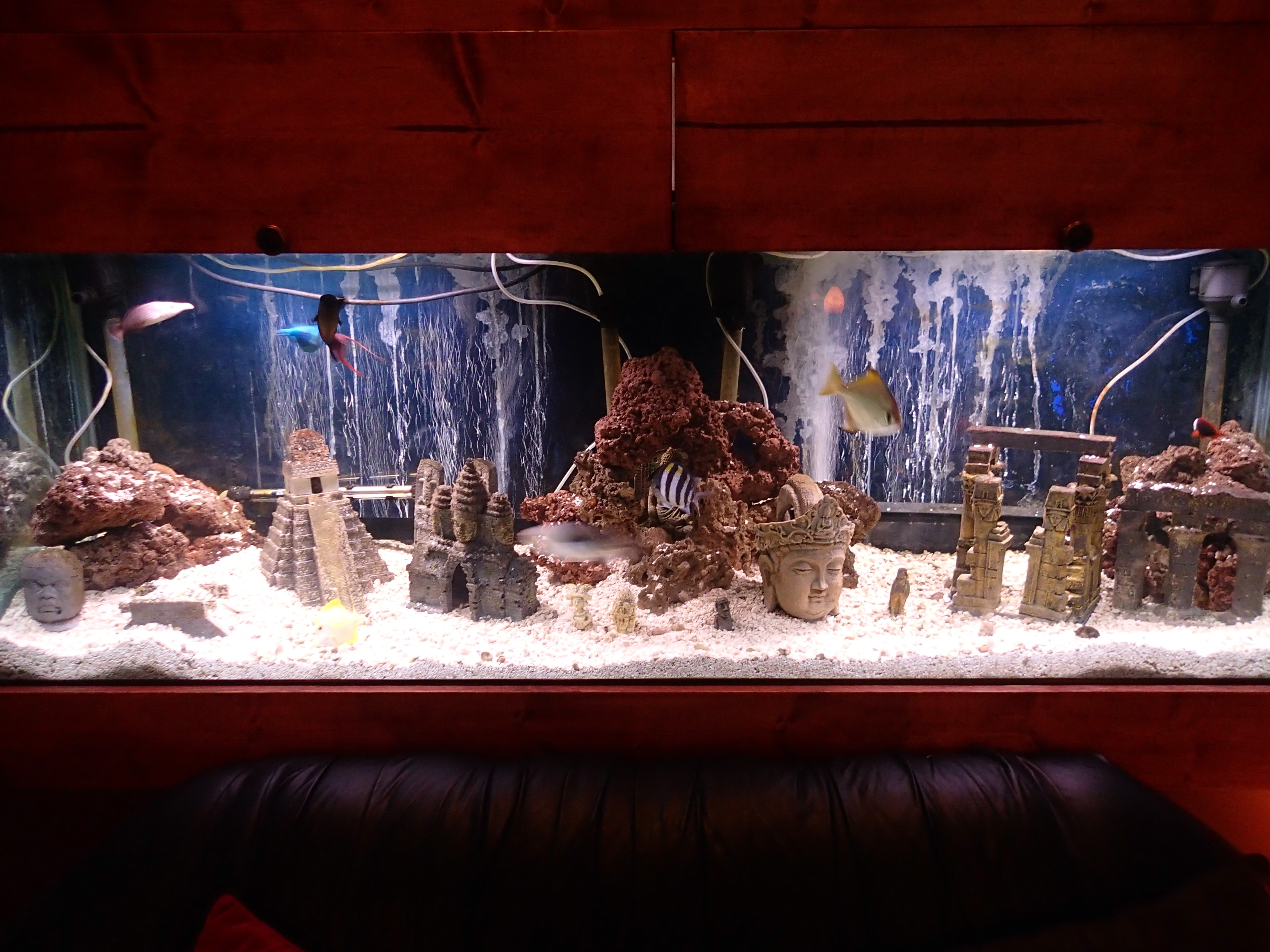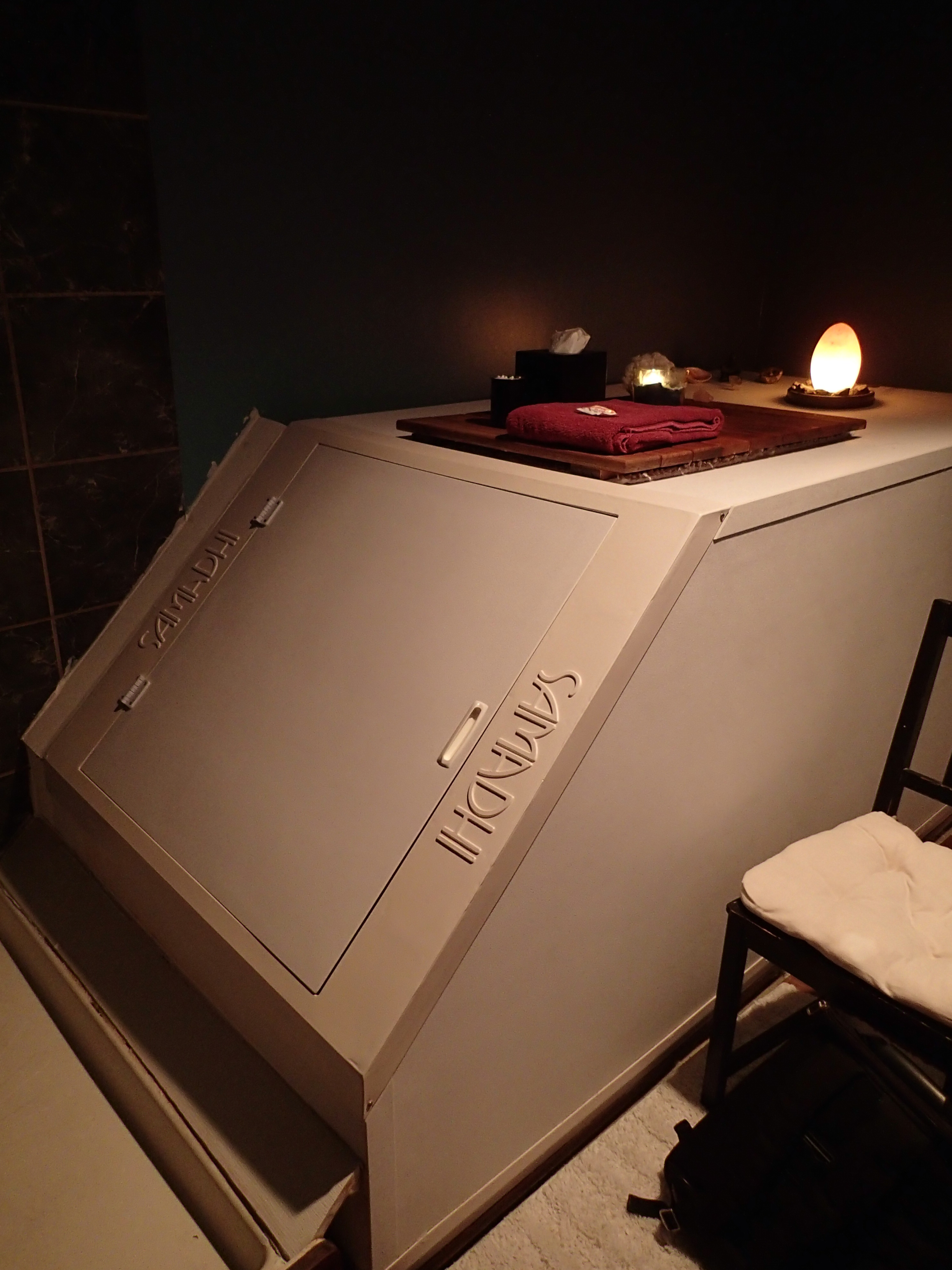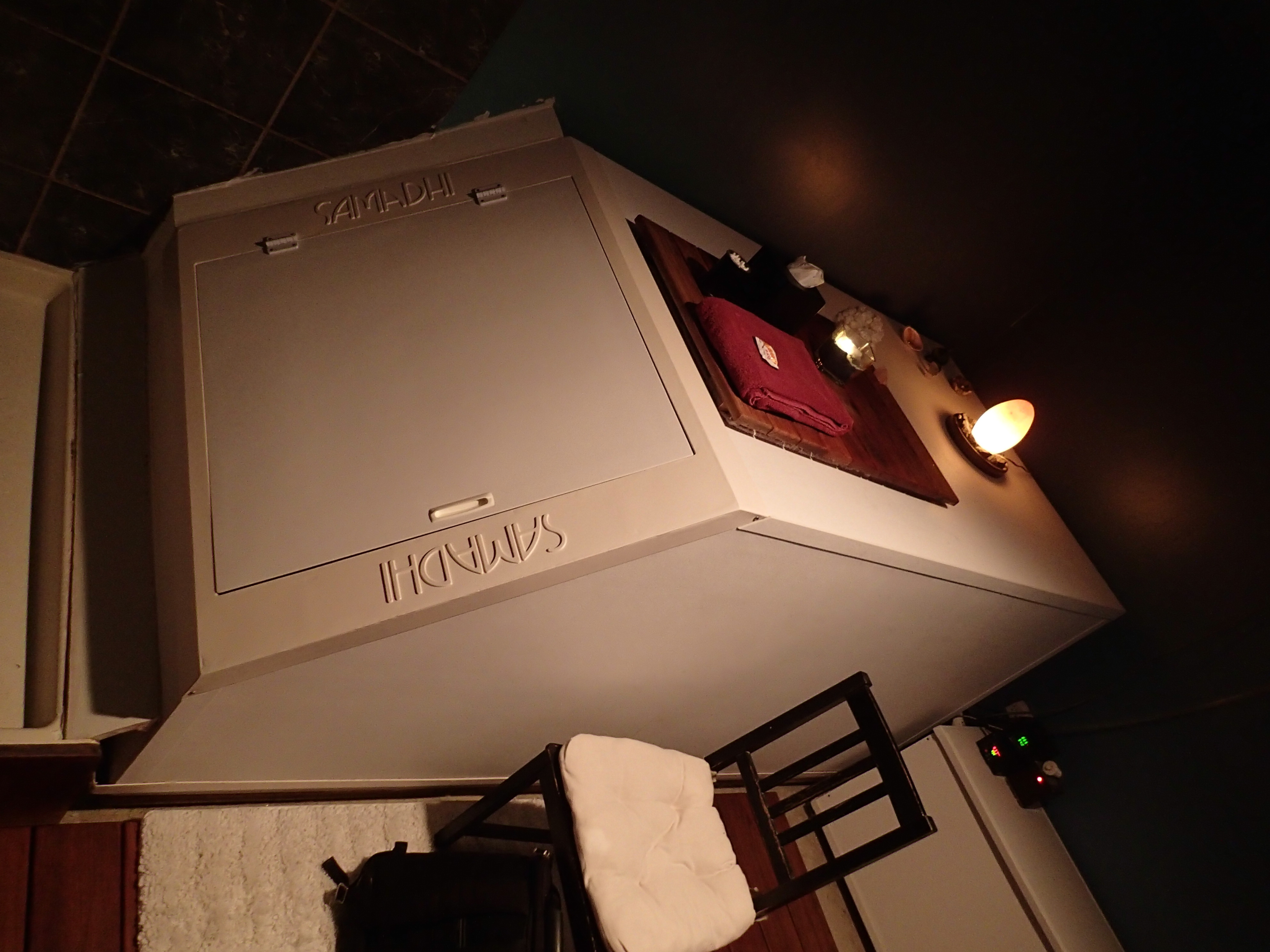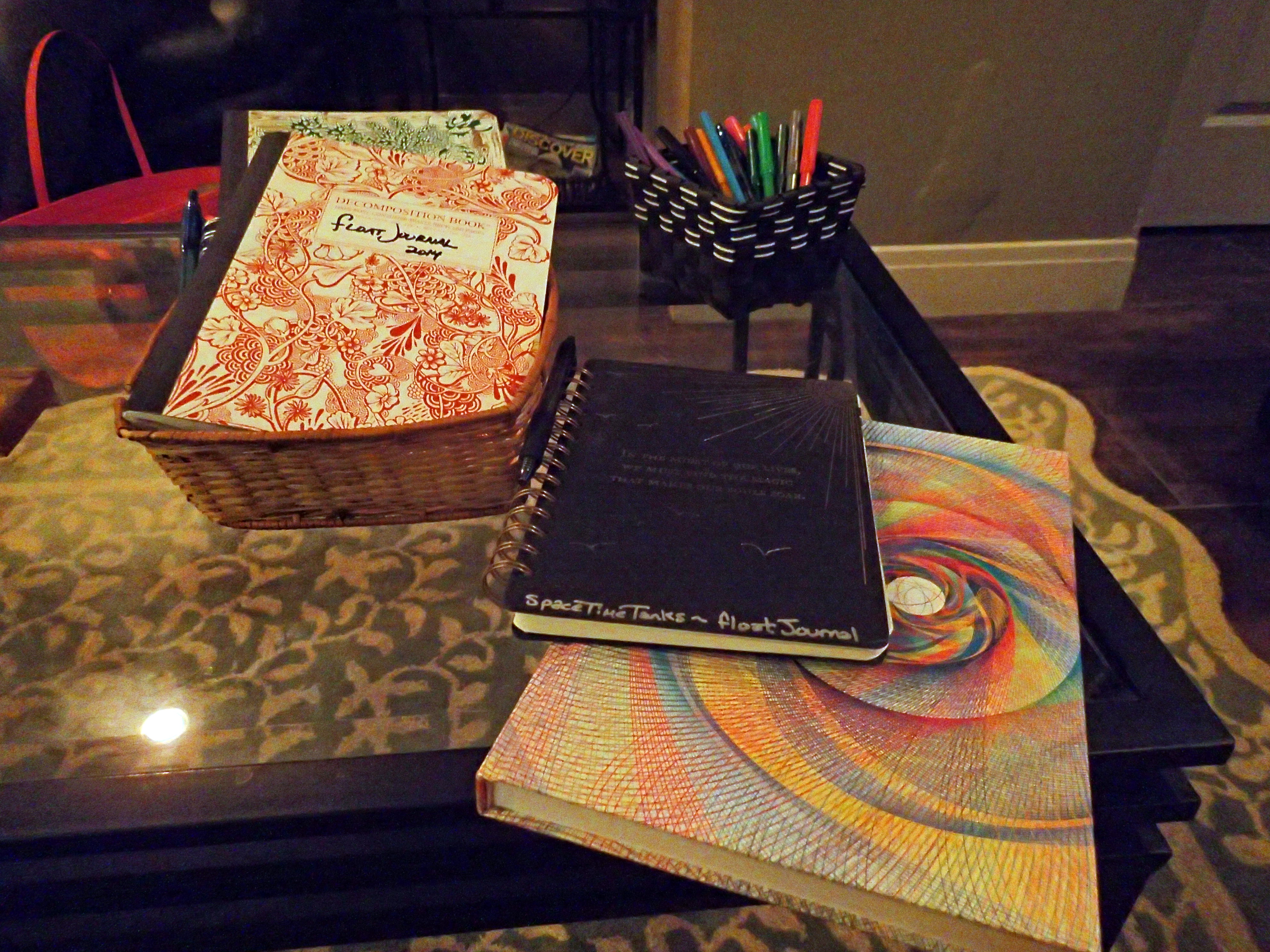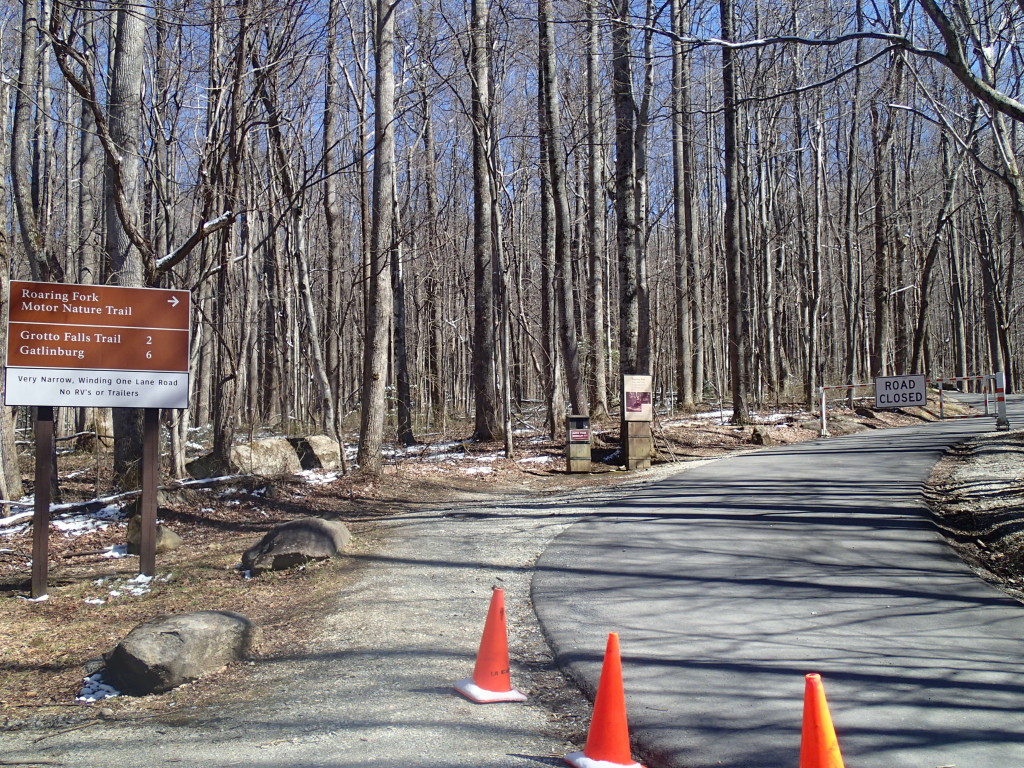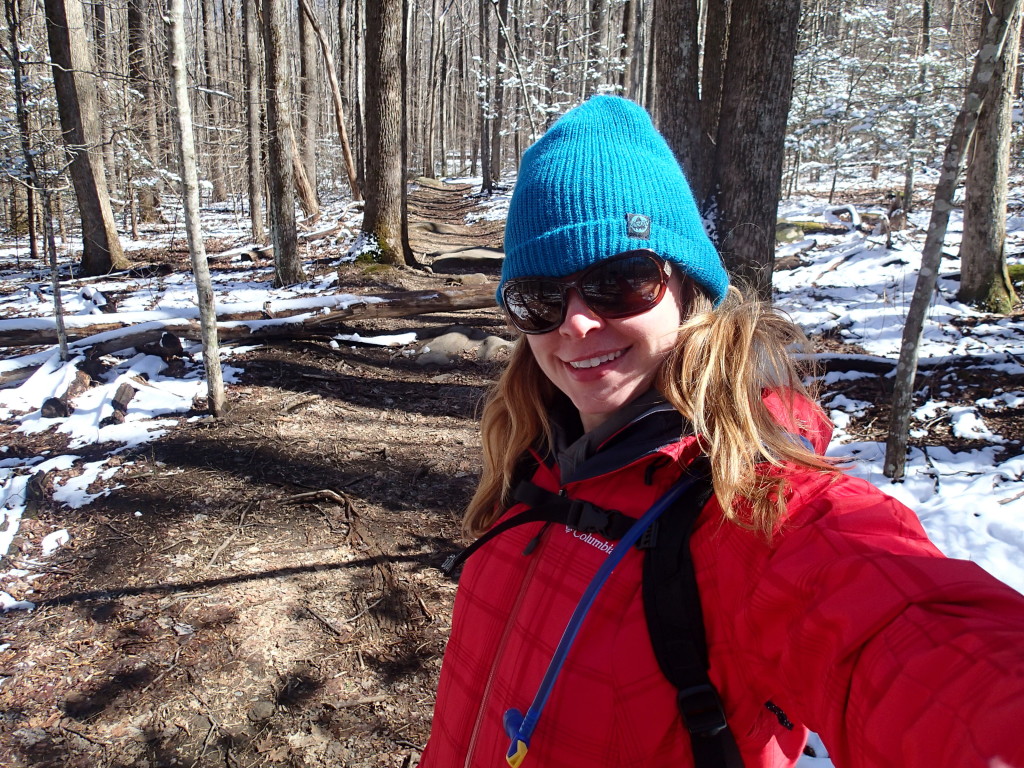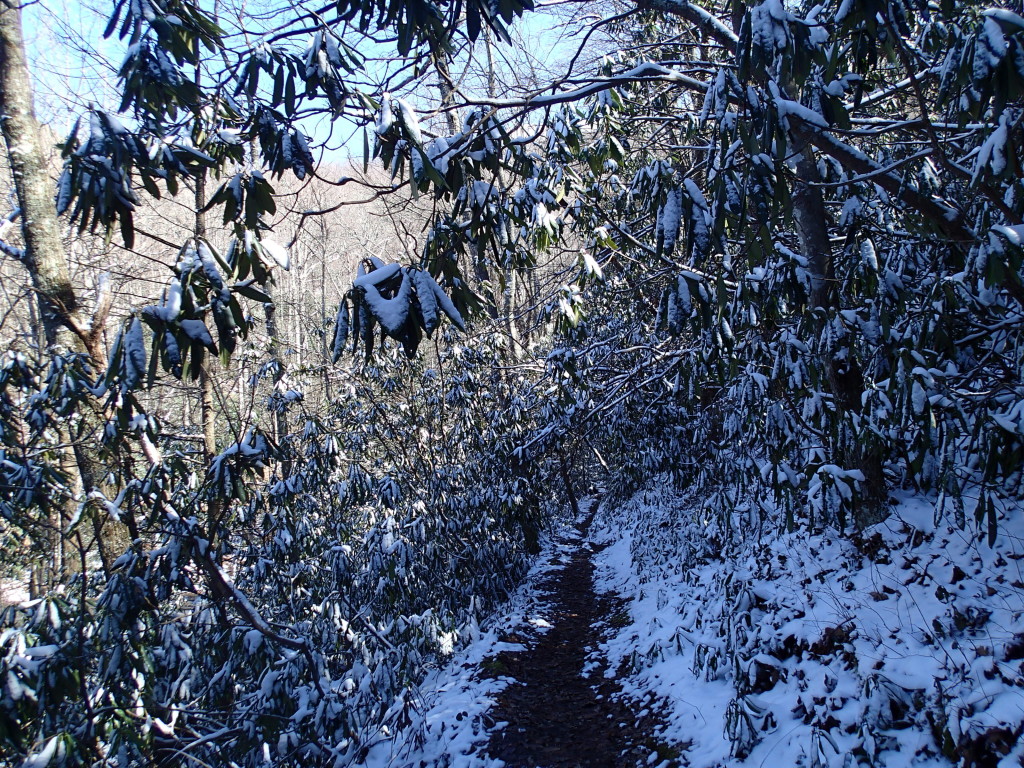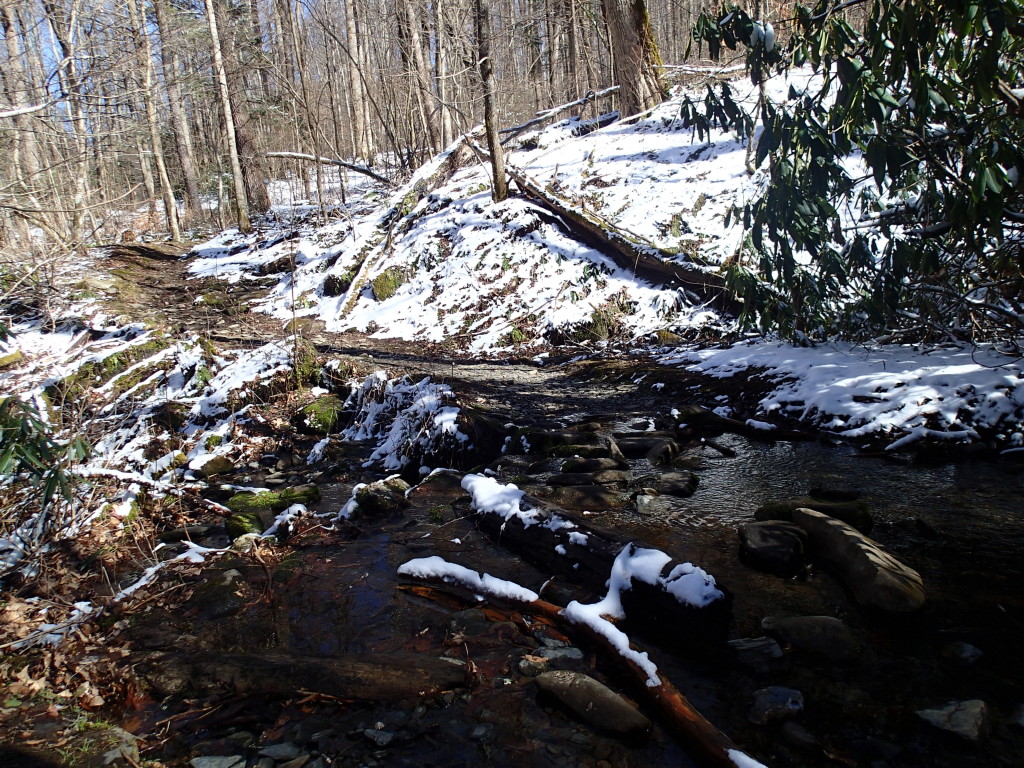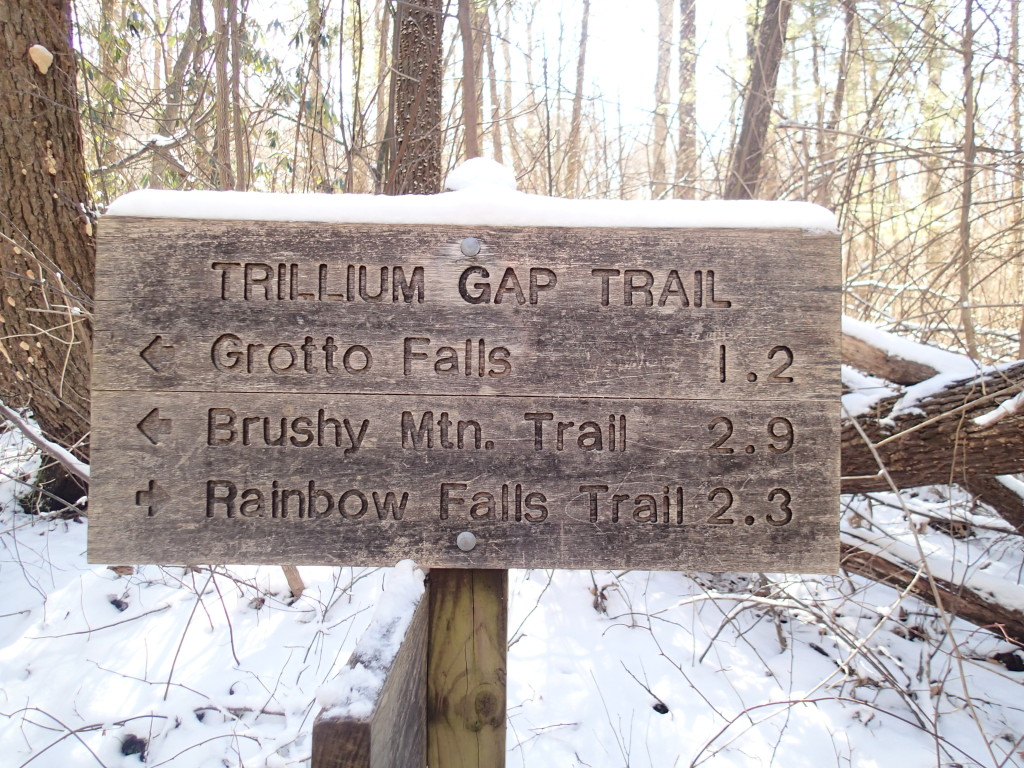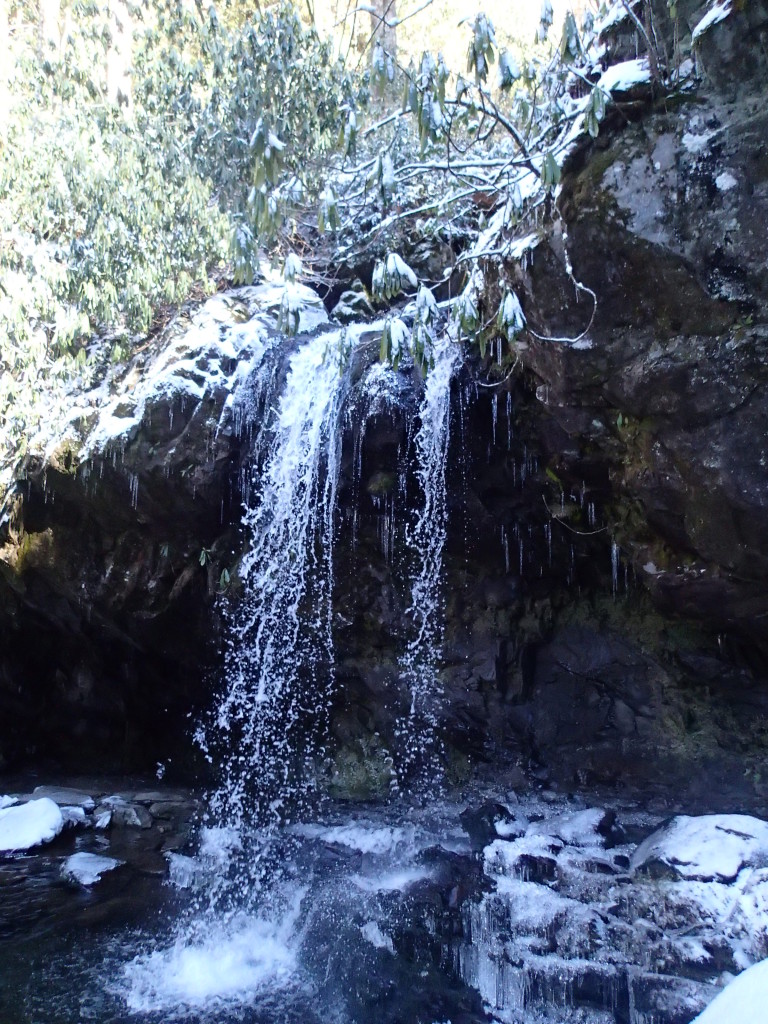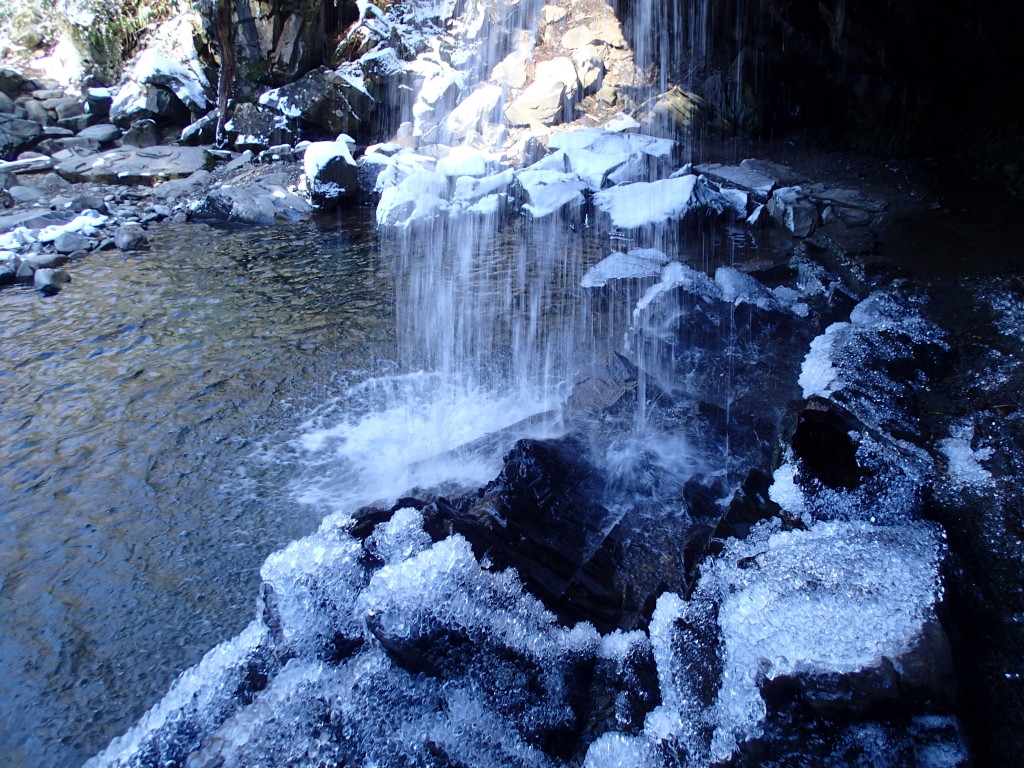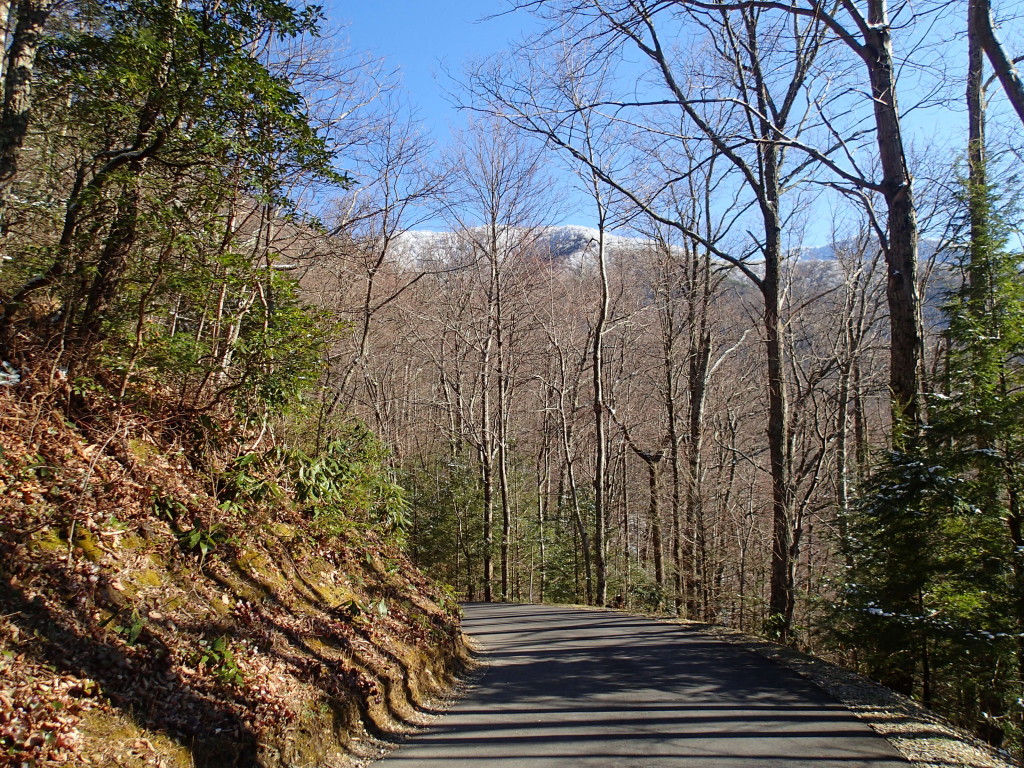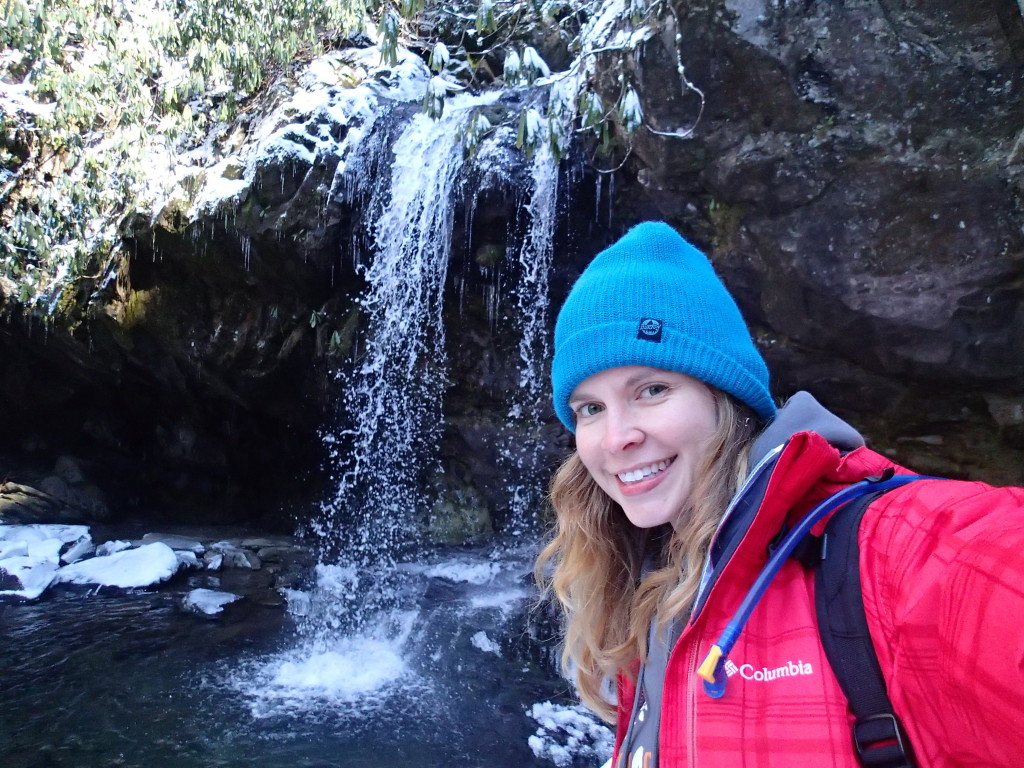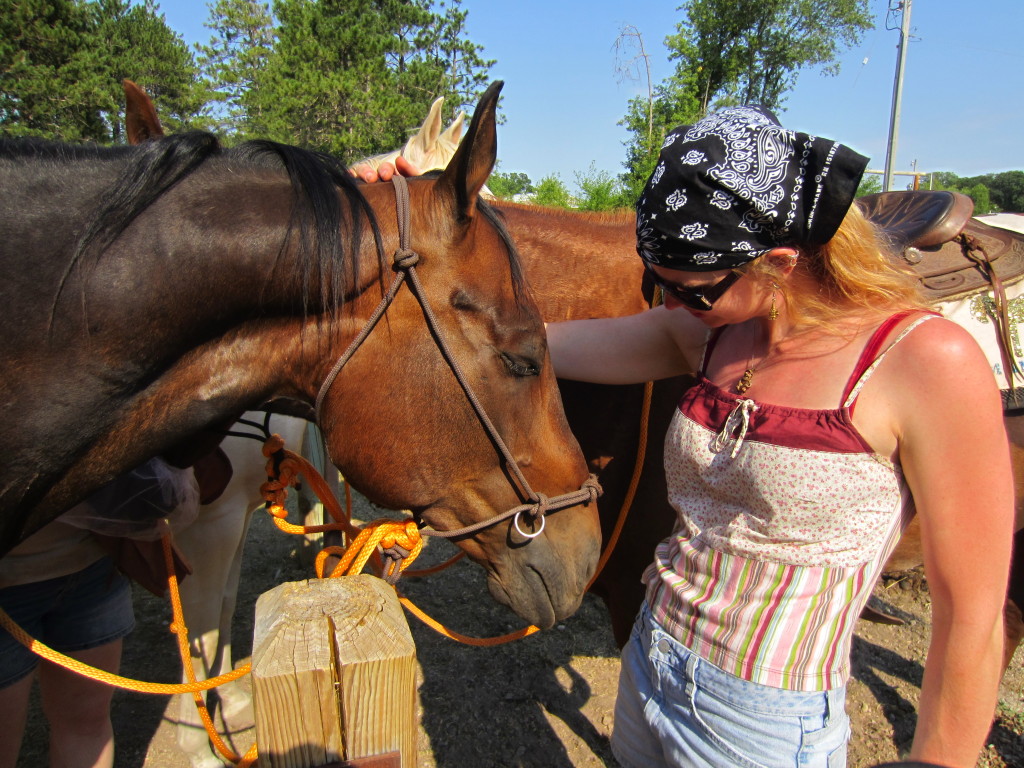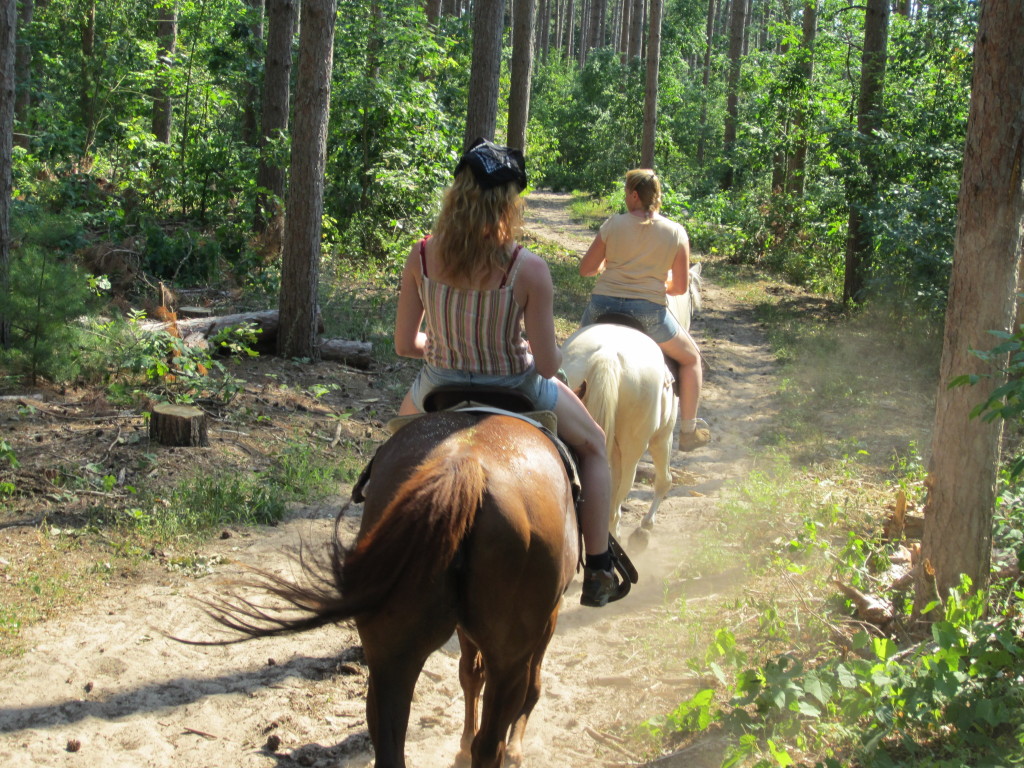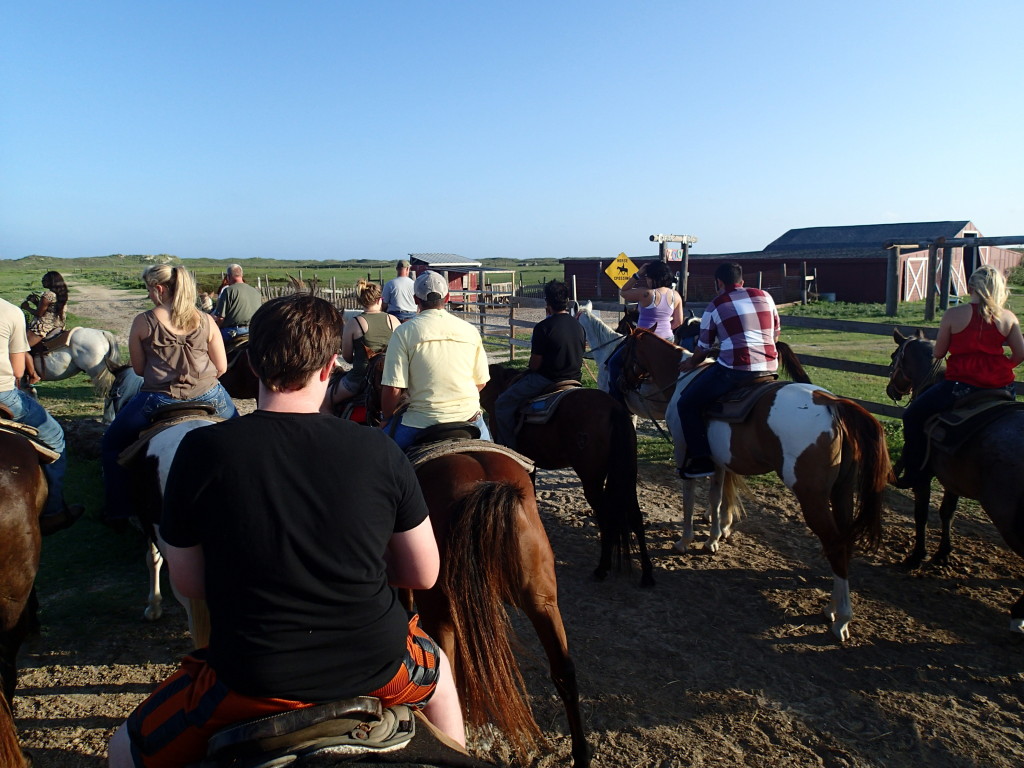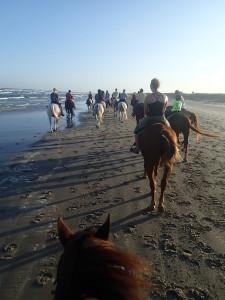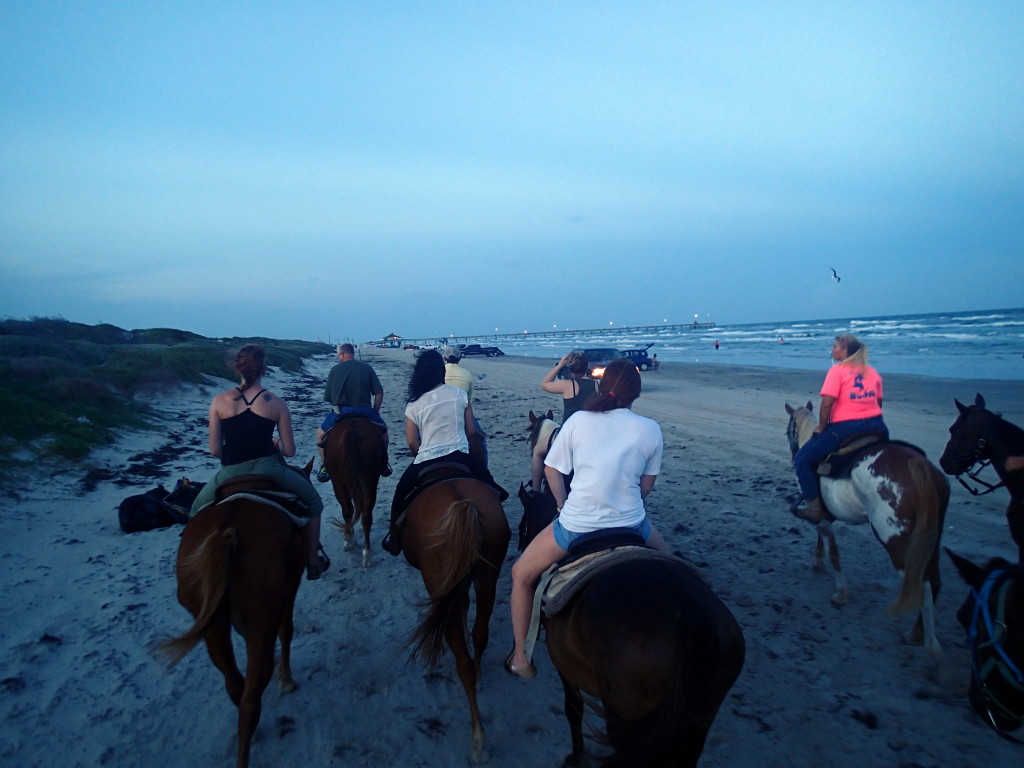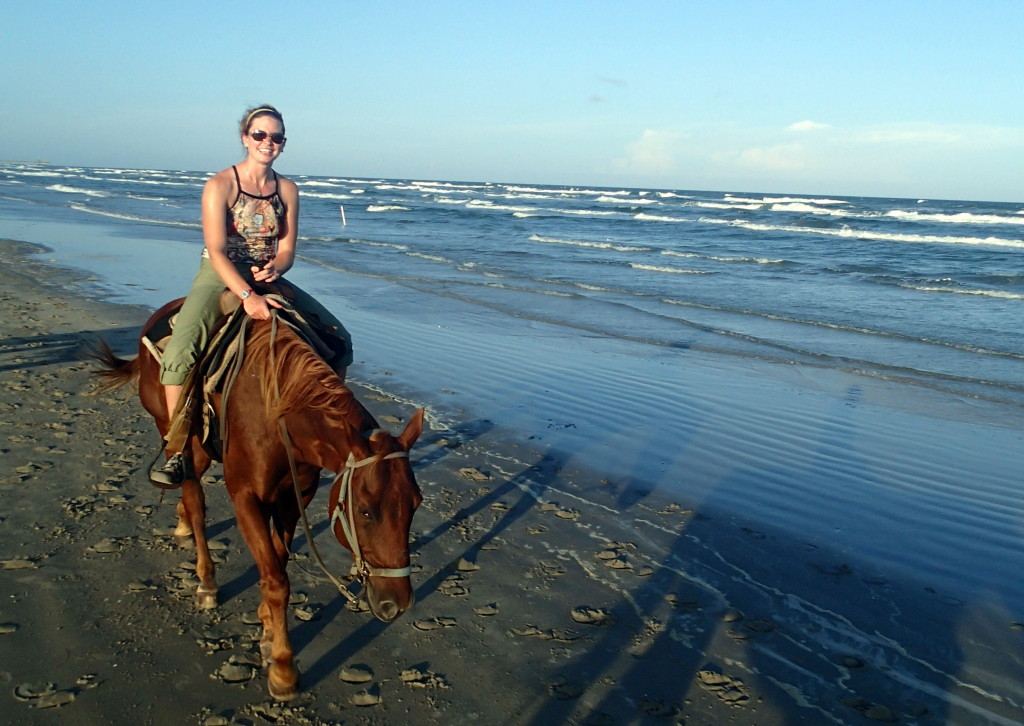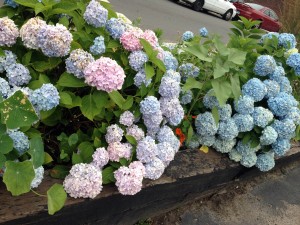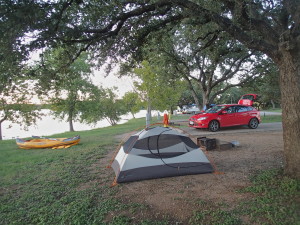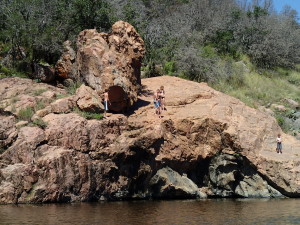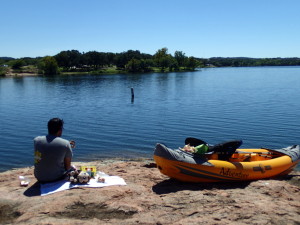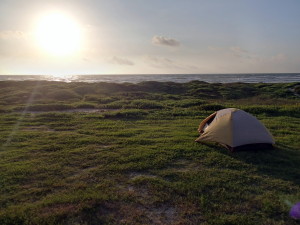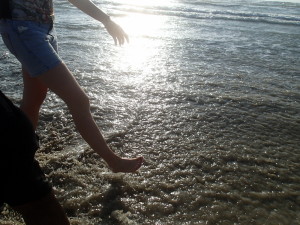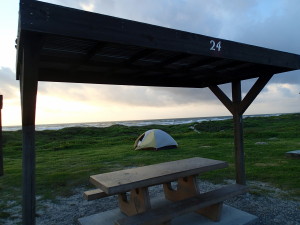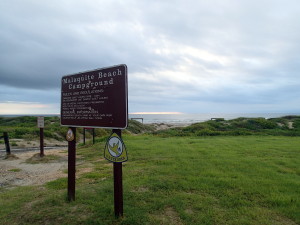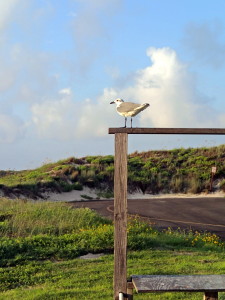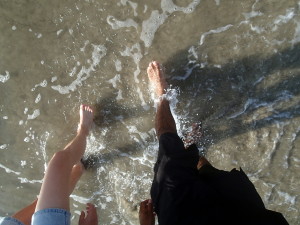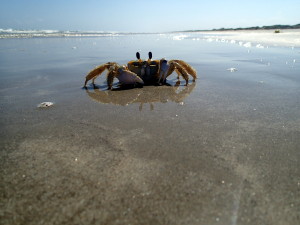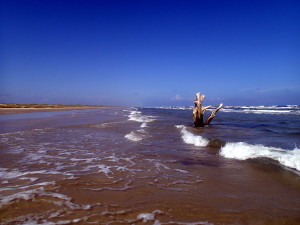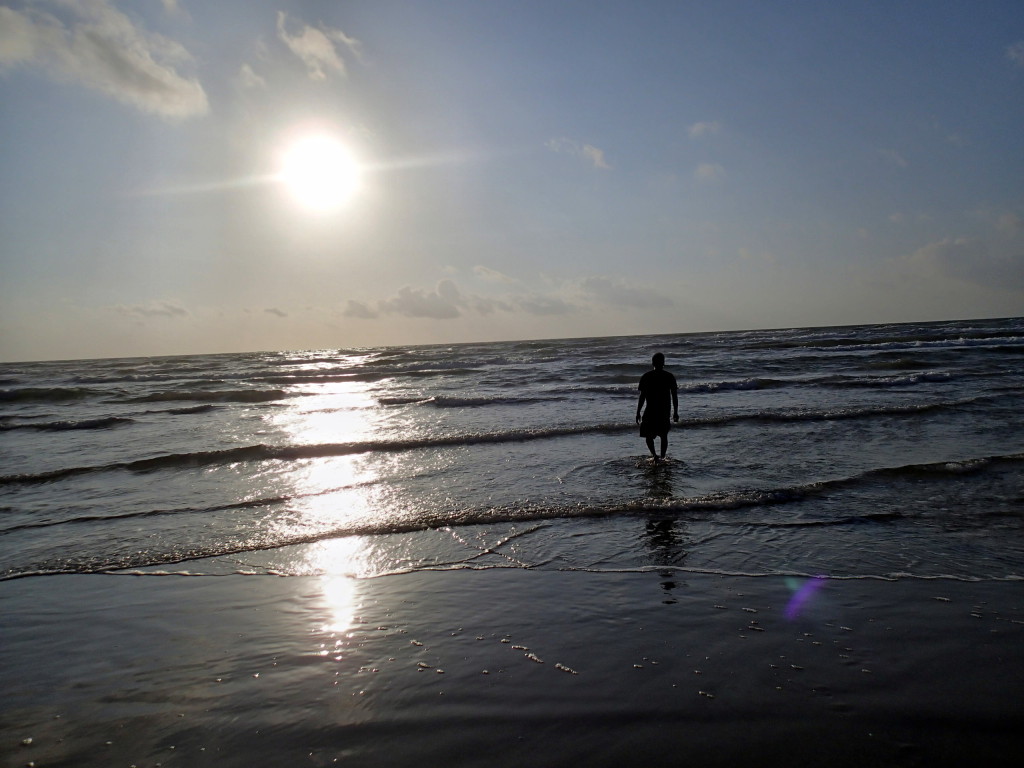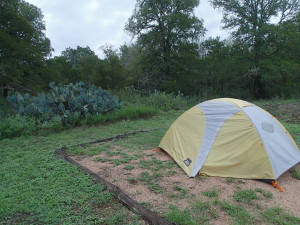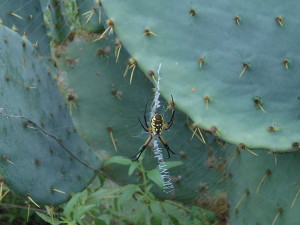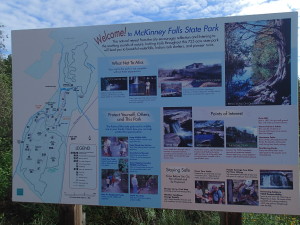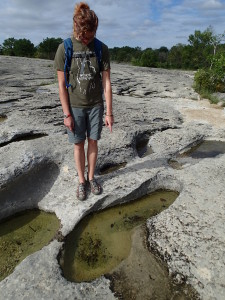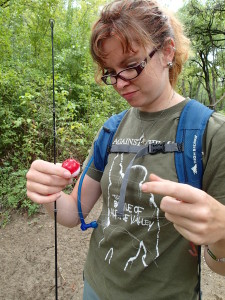I just spent three weeks in Europe and I haven’t written a damn thing about it. And it’s killing me.
Well, okay fine. That’s not entirely true. On my third day in Amsterdam, my husband (yup, I have a husband now) bought me a little paperback journal from the Van Gogh Museum.
At least every couple days, I jotted down travel notes about things that stuck out to me and random stuff I wanted to remember. However, none of it was anything fancy, and none it ever found its way to the interweb.
Documenting the trip has felt like a pretty overwhelming endeavor, to be honest. And my freelance writing day job is drowning me, which is by all means a wonderful thing when you’re self-employed, but doesn’t exactly make me motivated to saddle up for personal writing at the end of the day.
I’ve talked myself into and out writing Euro-posts a dozen times now, but for some reason, I stuck with it today. Perhaps it’s the surprisingly tasty Diesel Punk Stout that is helping the words flow from my fingertips, or the familiar return to normalcy that makes me crave another excursion.
Who knows; who cares. It’s happening today and I’m letting it.
But first a disclaimer: Travel writing for money has made me a bit jaded about the whole industry. I write things about places I’ve never been and will probably never go just to get paid. And the Internet is little more than a regurgitated mess of paraphrasing and repetition.
But I have to write something about my travels…SOMETHING!
So today, I adhere to the KISS principle: Keep It Simple Stupid. I’m just going to share a few of my favorite things from Amsterdam and leave it at that. Amsterdam is my new favorite European city, and I want to remember the things that made me fall in love with it.
This won’t be any literary masterpiece, but it will get me back into the groove of journaling for love of the game – not the love of the bling.
So without further ado, and in no particular order…
ALYSSA IN AMSTERDAM: A BRIEF RUNDOWN OF AWESOME THINGS
An 8-Person Hostel Room
One bathroom for eight people is kind of ridiculous, but somehow we made it work. Our most interesting roommate was a guy who woke up with two face piercings he didn’t remember getting.
We later found out that he wasn’t a registered guest and had actually just convinced another roommate to let him shack up so he didn’t have to sleep in a park. Ahhh…hostel life.
Creepy Bunny Statues
I’ve always enjoyed these types of city-relevant/creature-themed public art displays. I remember the pandas when I lived in DC and the cows in Chicago.
I had no idea at the time, but these creepy bunnies are part of Nijntje Art Parade ~ Celebrating 60 Years of Miffy. It’s a kids’ book from the 1950s that was popular in the Netherlands. The more you know…
Cheese Sample Heaven
And just when I thought Vermont was THE place to be for cheese samples…I was wrong. The Dutch make some damn good cheese, and they aren’t stingy about handing it out.
My favorites were the non-standard varieties, like pesto and cumin, and Gouda…lots of Gouda.
More Bikes than Cars
I’ve always heard about how big “bike culture” is in Amsterdam, but it didn’t sink in until I was there.
Trying to cross the street as a pedestrian surrounded by hundreds of cyclists coming from all directions was utterly terrifying. But a place that has more bikes than cars is definitely my style.
Flowers Freaking Everywhere
The Dutch like their tulips, and although we arrived a bit late for prime tulip season, there were still plenty of pretty flowers to ogle at.
I wanted to buy some tulip bulbs from a city market and ship them back home, but I guess that’s illegal. The shopkeeper I inquired with told me they’d get stuck at customs, so I had to abandon my dream of growing Amsterdam flowers in Atlanta.
Oh well, the heat down here would have probably killed ’em anyway.
A Weird Cat Museum
A museum about cats…nothing but cats. I’m not even that much of a cat person, but this was too random to pass up. Kattenkabinet: a small, very specific, and slightly overpriced museum that will have you scratching your head for hours.
Stupidly Cute Canals
The canals here are just stupidly cute. End of story.
Space Cakes
Space cakes are nothing short of magical. Again, end of story.
My recommendation is Easy Times on Prinsengracht.
Coffee Shops with Pinball
These exist. Yep.
Hemp Education
The Hash Marihuana & Hemp Museum is actually really historical, educational, offers a handy audio guide, and is worth the € 9.
Pro: One of the exhibits featured gnomes
Con: No free samples
The Lovely World of Delft
Even though this blue and white Dutch stuff is totally a Chinese knockoff, it’s beautiful.
I bought a Delft pendant and flower vase. Now if only I had those Dutch tulips to stick in the vase!
Museum Overload
Like many European cities, Amsterdam has tons of museums. We hit up some of the big ones, like the Rijksmuseum and the Van Gogh Museum.
I’m certainly not one to argue with getting a little exhibition education during my travels. However, I came to realize that I have about a two-hour attention span per museum, and that I will get pretty museumed-out if I try to visit more than two in one day.
Biking to the Almost-Countryside
One thing that this Eurotrip taught me is that I can only handle so much city life before I get cranky and crave some fresh air and solitude. One of my favorite days was the day we took a bike trip outside the city limits to the “almost countryside.”
The leisurely ride was complete quirky Dutch guide, international strangers, a windmill, and a farm with cows, a cheese production facility, a wooden shoe shop, and an touristy gift shop.
Staying Up Late for Window Hos
A trip to Amsterdam really wouldn’t be complete without scoping out the legal prostitution scene. One thing that I learned though is that the ladies don’t make an appearance until well after 10 pm.
Despite the fact that it stayed daylight until about 10 pm in Amsterdam, staying awake that late was rough. Blame the 10+ miles of walking per day, or just blame being 31.
Brewery in a Windmill
Although our next stop, Brussels, proved to be the best beer destination in Europe by far, Amsterdam had some decent beer bars too.
The most iconic and memorable one was Brouwerij’t IJ, which was neatly positioned inside some sort of windmill. This was one of our last stops before catching a train to Brussels, where much more amazing beer was to be had.
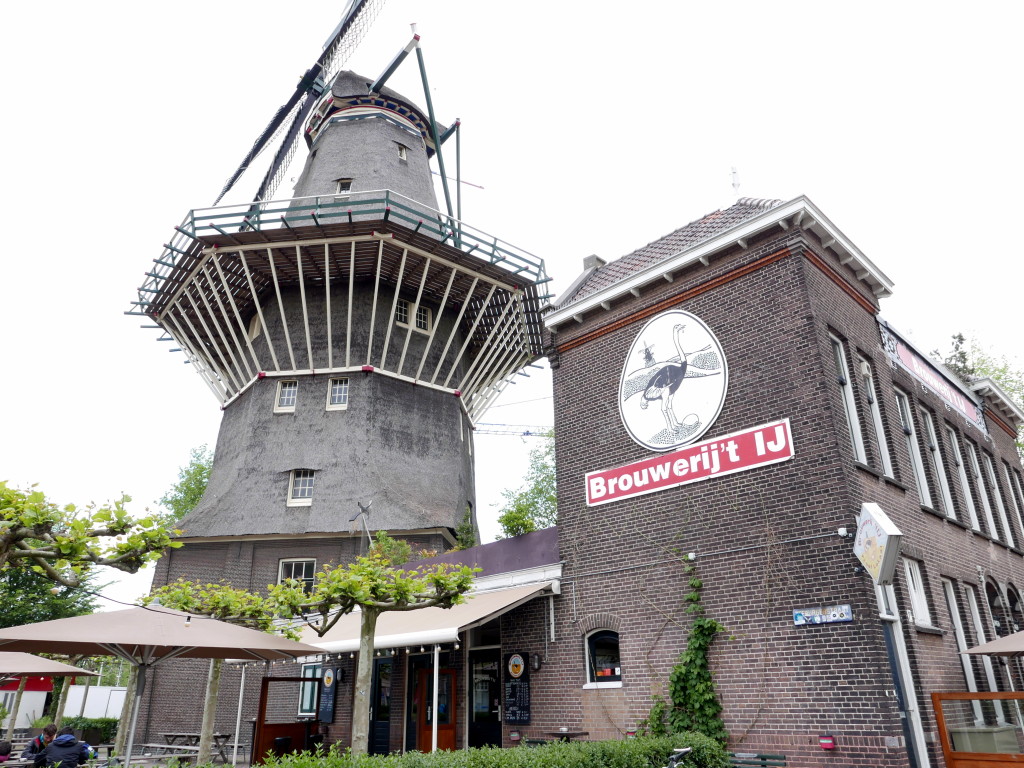 And that’s the best of the best…or at least the best of what’s coming to mind right now. Amsterdam was an amazing place that I could actually see myself living in for a year or so.
And that’s the best of the best…or at least the best of what’s coming to mind right now. Amsterdam was an amazing place that I could actually see myself living in for a year or so.
Who knows whether or not that’ll happen or not, but at least the city inspired me to start writing again. Cheers!

